The Journey Of Building A Retail Mobile ECommerce Website







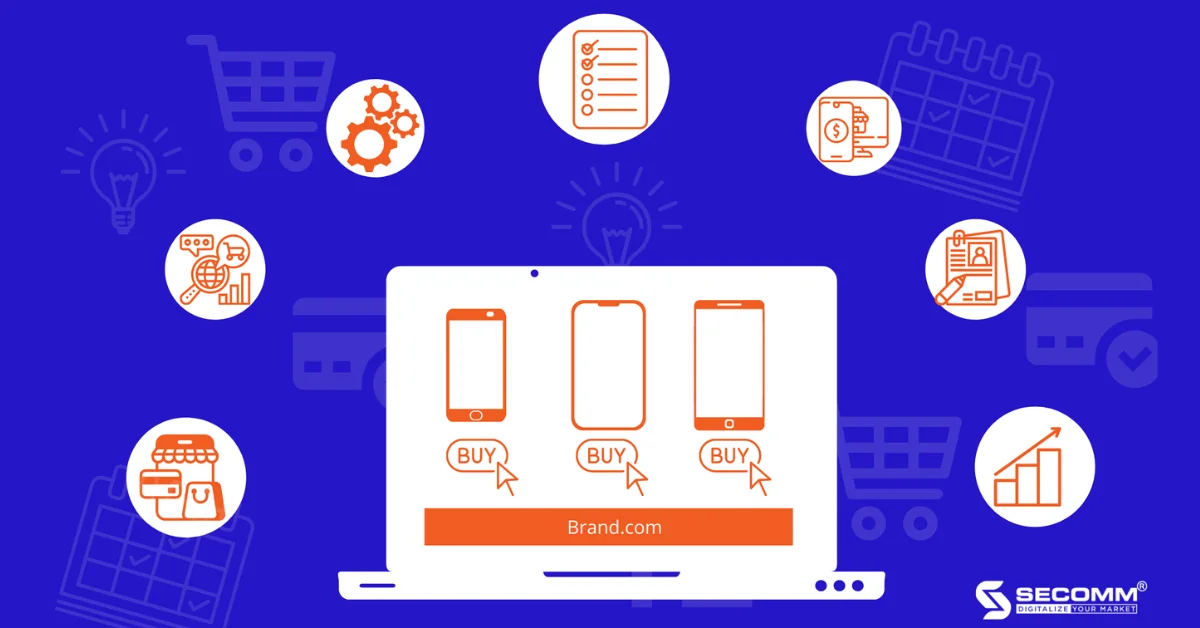
The COVID-19 pandemic has shifted shopping trends from traditional stores to online channels. Due to the pandemic, the demand for electronic products such as phones, laptops, and tablets has increased. This has helped mobile phone retail businesses achieve high revenue growth and profitability.
The “leap” into e-commerce has opened up many opportunities for businesses to develop – opportunities to provide a fast and seamless shopping experience for customers, expand sales channels, increase revenue, and establish brand identity.
In this context, owning an e-commerce website is almost a prerequisite for starting a successful online business. An e-commerce website can support businesses in several ways:
- Maximize Revenue: Businesses can add sales channels to expand their business model, increase profits, and avoid limitations on time and space compared to traditional in-store sales.
- Cost Savings: It saves costs related to renting physical space and human resources, and especially reduces dependence on e-commerce platforms.
- Data Collection: Businesses can rely on customer journeys on the system to collect data, then analyze and leverage it to personalize the user experience.
- Enhance Competitive Ability: Utilizing and exploiting the strengths of an e-commerce website with a visually appealing and unique interface will make it easier for businesses to position their brand and attract customers.
- Brand Promotion: It increases trust, professionalism, and accessibility to potential customers.
- These factors highlight the importance of having an e-commerce website for businesses looking to thrive in the evolving market landscape influenced by the COVID-19 pandemic.
Related article: Top 10 retail websites for mobile phones in Vietnam
Though the benefits are plentiful, how can one design a comprehensive e-commerce website for a business professionally and effectively?
Below is the journey to build a comprehensive e-commerce website for a mobile phone retail business with two main stages: (1) building the basic e-commerce website and (2) transitioning to building an in-depth e-commerce website.
1. Phase 1: Building the Basic Mobile Phone E-commerce Website
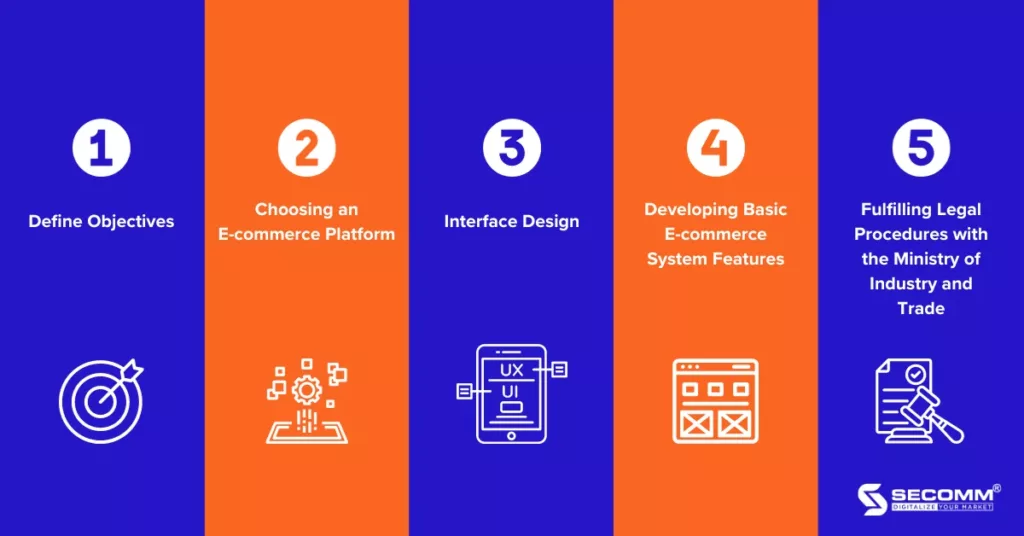
Define Objectives
The first step in constructing an e-commerce website is for the business to determine elements such as objectives, budget, and time for project development.
- Regarding Objectives: Businesses need to review and cross-reference all goals in the E-commerce Business Plan with the overall Business Plan to ensure the correct and effective implementation of E-commerce, assisting in organizing and prioritizing specific objectives in each development stage.
- Long-term objectives play a guiding role, providing a general framework for e-commerce and overall business development. These may include sustainable brand awareness, the brand’s market value, total revenue, etc.
- Short-term objectives help shape strategies with specific tasks and detailed outcomes corresponding to certain timeframes. These may include brand building, increased e-commerce revenue, enhanced competitive capabilities, product quality/diversity, service quality, etc.
- Regarding Timeframes: To ensure the correct execution of objectives, specific time milestones need to be planned with appropriate prioritization in each stage of the e-commerce journey. Once an overall development timeline is established, it becomes easier to determine the payback period and allocate the budget more effectively.
- Regarding Budget: Businesses can prioritize the implementation of essential components of the e-commerce system when the budget is limited, and later expand in subsequent stages. However, if there are sufficient financial resources, businesses can deploy a comprehensive business plan across departments and stages to enhance performance and achieve sustainable development.
After completing the “ideation” for the e-commerce website, businesses can kickstart the project by purchasing suitable hosting and domain names aligned with the products or services the business intends to offer.
Choosing an E-commerce Platform
Once the specific business strategy has been identified, the business needs to carefully consider choosing a platform for building the e-commerce website. Currently, the two most popular types of e-commerce platforms are Software as a Service (SaaS) and open-source platforms.
For SaaS Platforms
With SaaS platforms, businesses can choose from various pre-designed templates and features to build a website through simple drag-and-drop operations, requiring minimal investment in terms of time and development costs. However, with SaaS platforms, businesses do not own the source code and data; they can only utilize the available features of the platform. The flexibility and scalability of the system are limited, and usage costs may increase over time. Some popular SaaS platforms in Vietnam include Haravan, Shopify, Sapo, etc.
For Open-Source Platforms
With open-source platforms, businesses have complete freedom to design the interface according to their requirements. These platforms offer high flexibility and can be customized extensively. Open-source platforms provide a full range of features and additional utilities, supporting sustainable development. Businesses own all the source code and data. However, businesses will need a skilled in-house team or experienced development partners to accompany them, investing time and money in development. Some popular open-source platforms include Magento, WooCommerce, OpenCart, etc.
Interface Design
Businesses can initiate the interface design for the website on the selected platform by using existing templates or themes available on the system. Alternatively, they can customize and design a unique interface that aligns with the brand image and specific preferences of the mobile phone retail industry.
Developing Basic E-commerce System Features
At this stage, the business collaborates with an in-house IT team or a deployment unit to establish fundamental eCommerce features, ensuring smooth sales processes on the system. On both SaaS and open-source platforms mentioned earlier, businesses can choose suitable functions and integrate them into the website. Some common basic features include:
- Category Management: Control over product data, functions, attributes, prices, inventory, images, and videos (brand, price, phone type, performance, memory, special features, design, screen, size, etc.).
- Content Management: Develop and optimize content for CMS pages (origin, brand, product reviews, usage guides in video form, and success stories relevant to business development needs). Store images, customize themes, and design the website.
- Sales Management: Control and operate sales processes, orders, barcode-based payments, and brand-based sales (iPhone, Samsung, etc.). Integration with customer management to ensure warranty times align with customer purchases. Set up payment methods (COD, card payments, e-wallets, payment gateways), and shipping methods.
- Marketing Management: Deploy and manage various marketing programs and campaigns based on seasons and events (Tet, Black Friday, Christmas, Flash Sales, etc.), especially during product launches by major companies like Samsung, Apple, and Oppo.
- Customer Management: Manage and collect customer information for personalized user experiences, post-purchase customer care, or collaborate with marketing campaigns to attract returning or potential customers.
- Inventory Management: Proactively control the number of available phones in stock (grouped by type, brand, product code, and country of origin).
- Reporting & Analysis: Exploit data and measure performance using tools like Google Analytics, Facebook Pixels, and Google Tag Manager.
- System Management: Maintain a secure and stable eCommerce system. Grant administrator permissions to manage and review the best security practices. Additionally, the platform may offer tools for regular management and maintenance to support stable system operations.
Fulfilling Legal Procedures with the Ministry of Industry and Trade
A mandatory criterion for the official operation of a business’s eCommerce website is the completion of legal documents following regulations. According to Decree 52/2013/ND-CP by the Government, individuals or organizations owning eCommerce websites for selling goods are required to notify or register with the Ministry of Industry and Trade on the eCommerce Management Portal.
Businesses can either complete the registration process themselves or enlist the services of law firms that provide related services.
Phase 2: Developing a Comprehensive eCommerce System
Typically, a basic website may only support a business in its initial stages and face challenges as the business model evolves. Businesses gradually realize the need to develop a more specialized eCommerce system to enhance service quality and improve the overall experience for both customers and the business itself. The development of a sophisticated system requires businesses to be more prepared in terms of time and costs compared to the initial phase.
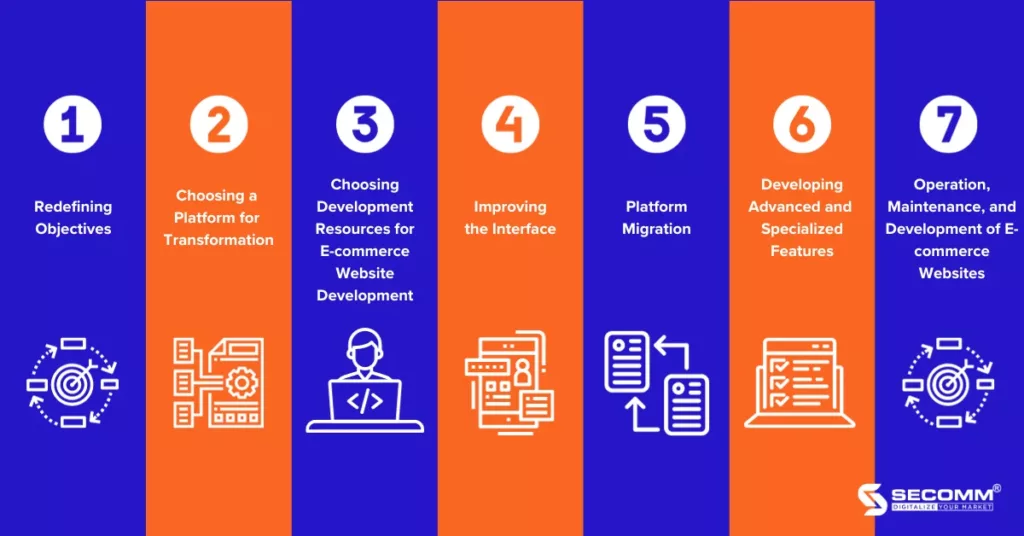
Redefining Objectives
Similar to developing a basic eCommerce system, the first step in developing a sophisticated e-commerce website is for the business to redefine its objectives, costs, and timelines for the project. It is crucial to explore specific features and advancements within the industry. This allows the business to plan a detailed and accurate development strategy that aligns with its business model.
Choosing a Platform for Transformation
To develop a deep eCommerce system, businesses should opt for open-source platforms such as Magento, WooCommerce, OpenCart, etc. Open-source platforms can best meet the expanding system needs and sustain development alongside the business. However, besides the drawbacks of high development costs and an extended construction period, businesses also need an experienced IT team to effectively utilize these platforms.
Criteria for Platform Selection at This Stage:
- User Interface (UI) and User Experience (UX) Development
Allows the development of a standardised user interface that reflects the brand’s characteristics and showcases product images clearly and cohesively.
Enhances brand identity and differentiation.
The admin interface should be user-friendly, facilitating easy navigation, control, and management of the entire system’s data.
- Basic and Advanced Features
The system should support basic functions and be flexible enough to accommodate the development or integration of advanced and specific features.
This flexibility ensures stable business operations in the long term and the ability to adapt to evolving business models.
Seamless integration with other software without compromising the performance of individual systems.
- Scalability
High scalability to adapt and grow alongside the business, catering to various business models.
Cost-effective long-term budgeting while constructing a sustainable and efficient system suitable for the business.
The ability to expand, whether it’s adding multiple websites, operating in multiple countries, dealing with various currencies, or managing multiple channels.
- Extensibility
Ensures the system can efficiently meet the evolving needs of the business.
Can extend to multiple websites, support internationalisation, handle diverse currencies, and manage various sales channels.
Ensures stable system operation regardless of increasing web traffic and transaction volumes over time.
Choosing Development Resources for eCommerce Website Development
To build a sophisticated eCommerce website, businesses can either establish an in-house team or collaborate with external development partners. In both cases, a skilled and experienced workforce with a professional work ethic is essential.
In-House Team:
- Provides control and flexibility in managing daily tasks, timelines, and data.
- Allows the business to have direct oversight of its data and a clear understanding of product values.
- Challenges include limited manpower depending on the company’s size, restricted ideation due to internal expertise, and potential development limitations.
External Development Partners:
- Collaboration with eCommerce system development experts facilitates a smooth platform transition.
- Businesses don’t need to worry about the intricacies of the transition process as external developers offer optimal support.
- However, there might be a trade-off between having 100% control over the development process and the limitation of collaboration.
Recommended Service Providers: Several service providers specialize in deploying advanced eCommerce systems. Some notable examples include SECOMM, SmartOSC, Co-Well Asia, Isobar, and Magenest.
Choosing between an in-house team and external partners depends on the business’s specific needs, resources, and preferences. Each option has its advantages and challenges, and businesses must carefully evaluate their circumstances before making a decision.
Improving the Interface
While transitioning to a new eCommerce platform, businesses have the flexibility to retain their current website interface or redesign it for an enhanced user experience and improved brand positioning. Redesigning involves adjusting existing themes to save time and budget. However, some businesses opt for a custom redesign to meticulously tailor the interface to their specific needs, which may require a higher investment in terms of time and budget.
Platform Migration
Platform migration is a crucial step in building a deep eCommerce website. Automation is typically used to minimize errors during the transition. Businesses need a comprehensive plan encompassing features, data, and scenarios to ensure a smooth and effective transition. The process begins with data extraction from the old system and recording it into the new system.
Post-migration, thorough testing is essential to verify that all components and data have been accurately and adequately transferred according to the plan.
Developing Advanced and Specialized Features
When constructing a deep eCommerce website, businesses must introduce advanced and specialized features to support business model expansion, enhance competitiveness, adapt to market changes, increase revenue, and improve the shopping experience. Some advanced features for eCommerce and mobile retail may include Buy Now Pay Later, Flash Sales, and advanced product search functionalities.
Continuous learning and staying informed about necessary features are crucial for system development. This can be achieved through online applications, an in-house development team, or external development experts. After outlining the development plan, collaboration with design experts to create a system model is essential. The subsequent step involves programming features based on the approved plan. Before deployment, thorough testing, based on the requirements specification document, is conducted to update test scenarios and log errors using error management tools.
Operation, Maintenance, and Development of eCommerce Websites
After developing an eCommerce website, regular maintenance, care, and updates are necessary to ensure continuous online business operation, seamless system operation from online to offline, and optimal user satisfaction. Ongoing research is vital to optimize and develop the website to create a satisfying and comfortable shopping experience.
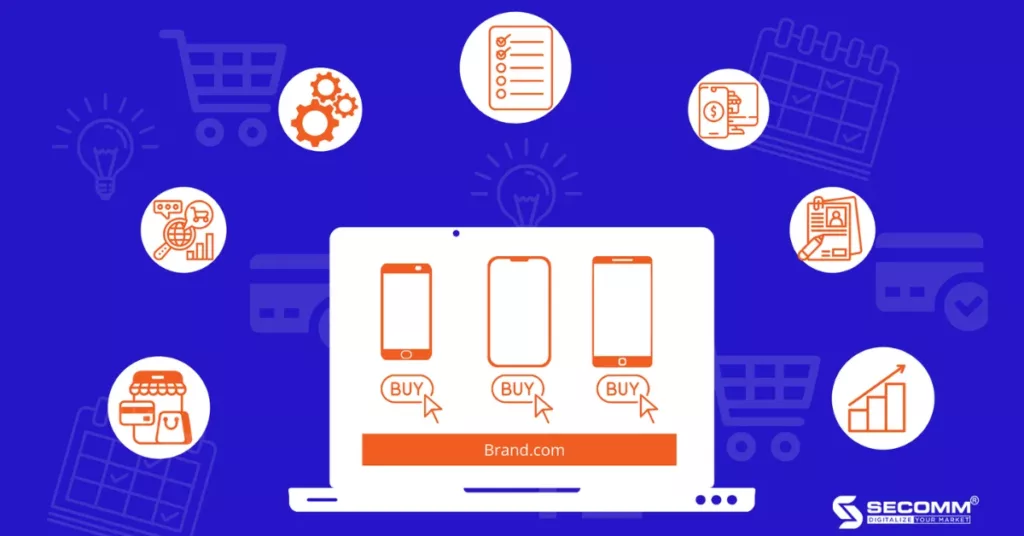
In summary, a comprehensive eCommerce website is crucial for the current and future success of mobile phone retail businesses. Building such a website involves a meticulous process, and each step is critical. Businesses can contact SECOMM for free consultations on comprehensive eCommerce website solutions tailored to mobile phone retail businesses.






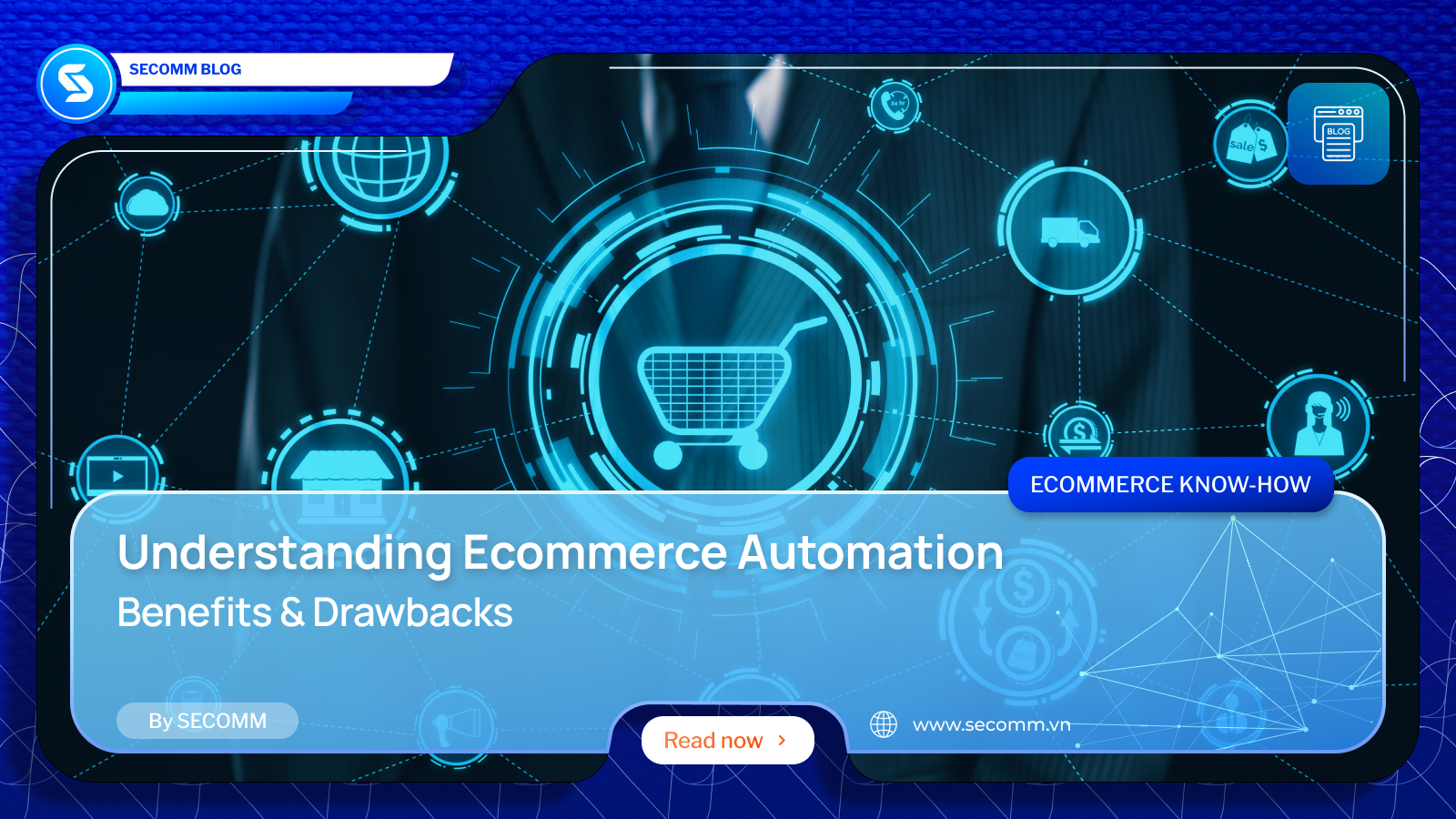
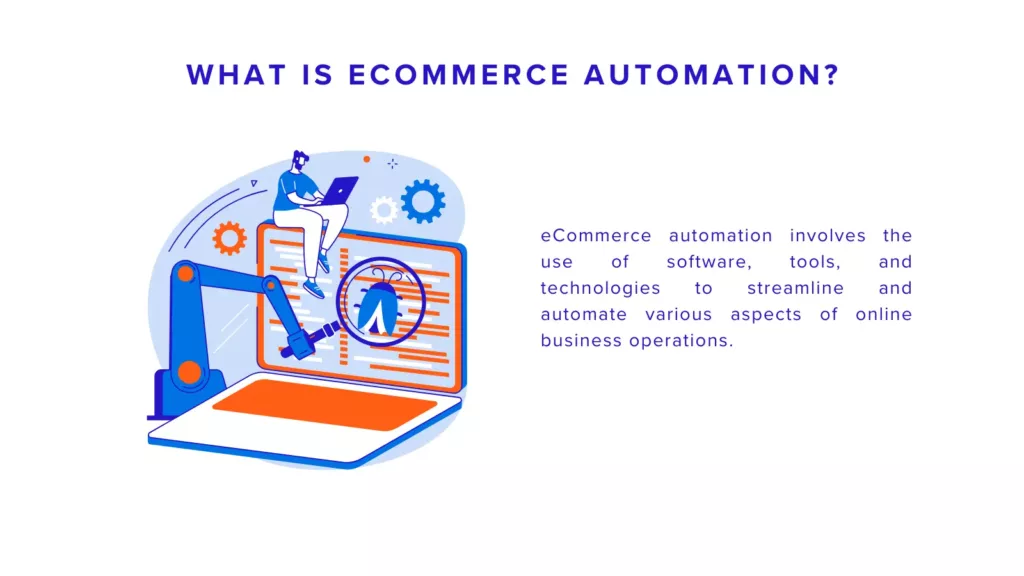
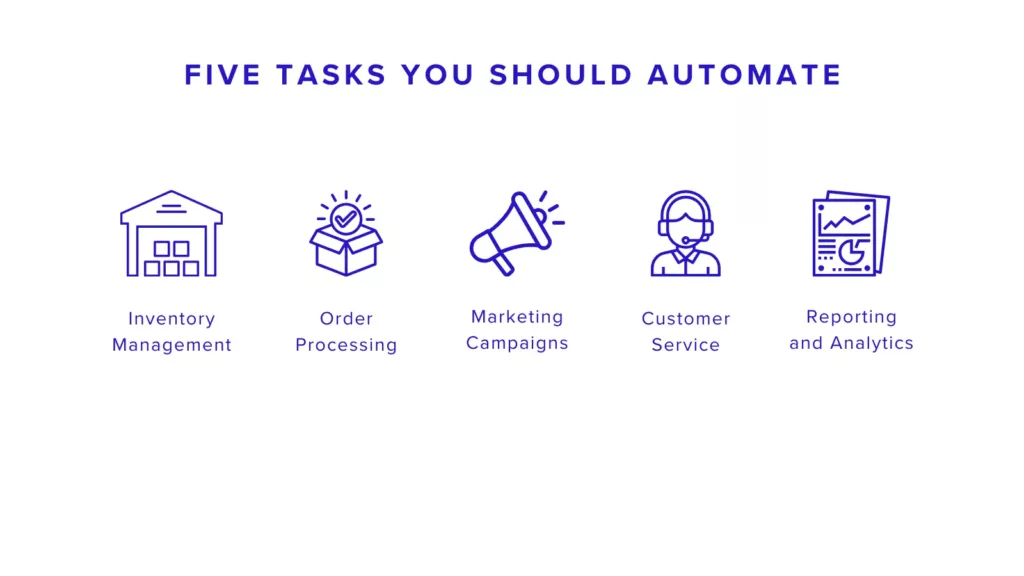
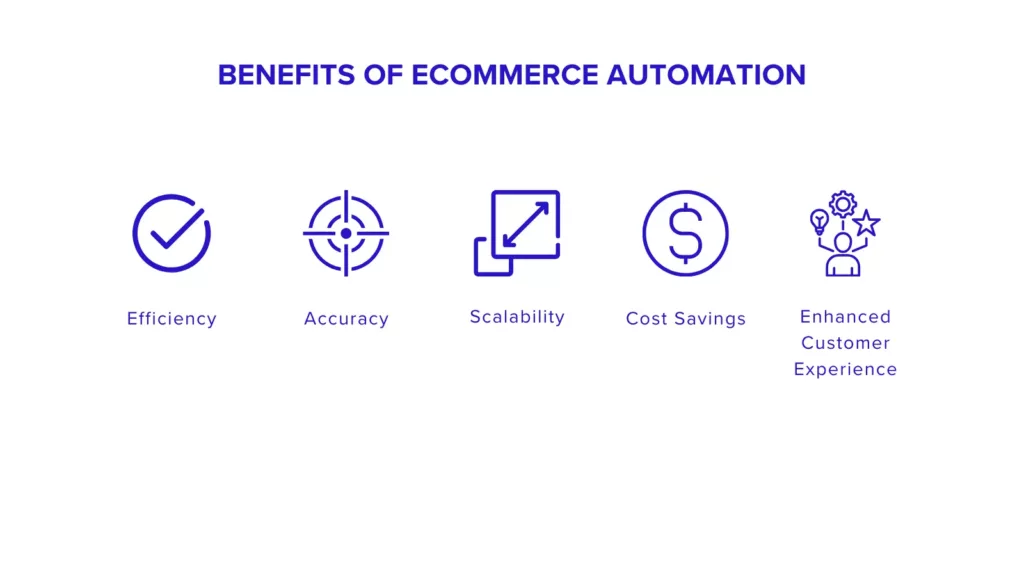
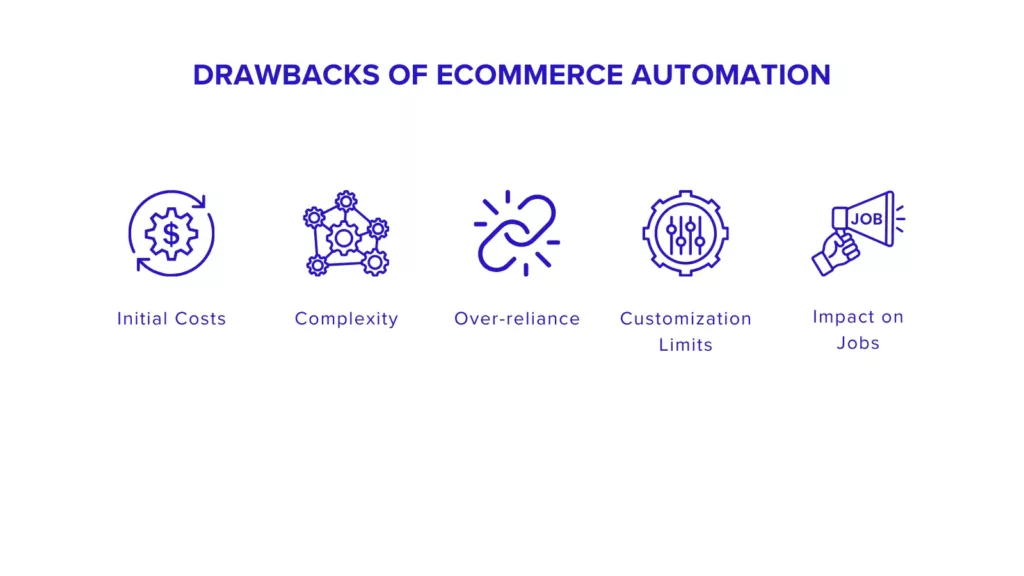
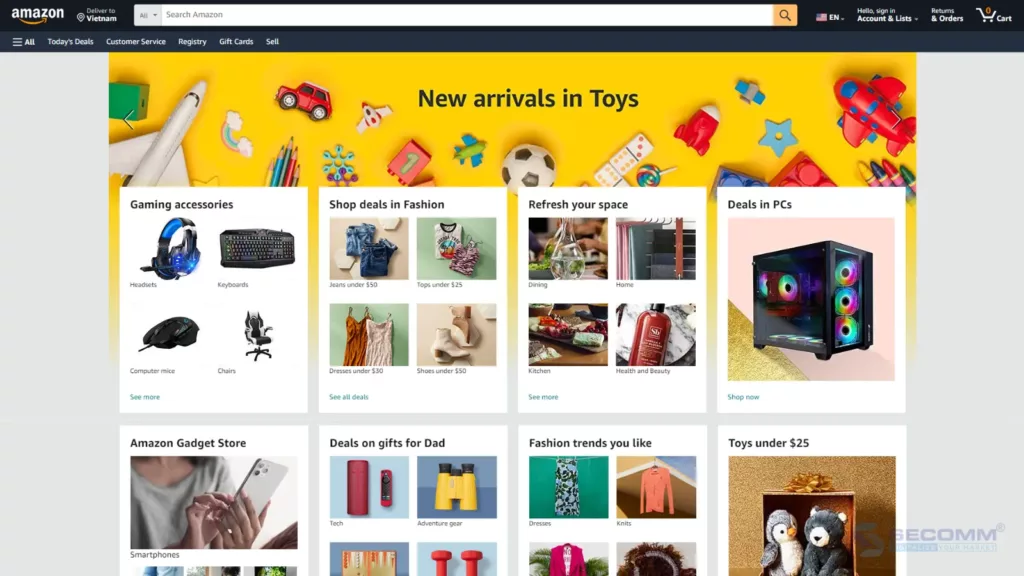
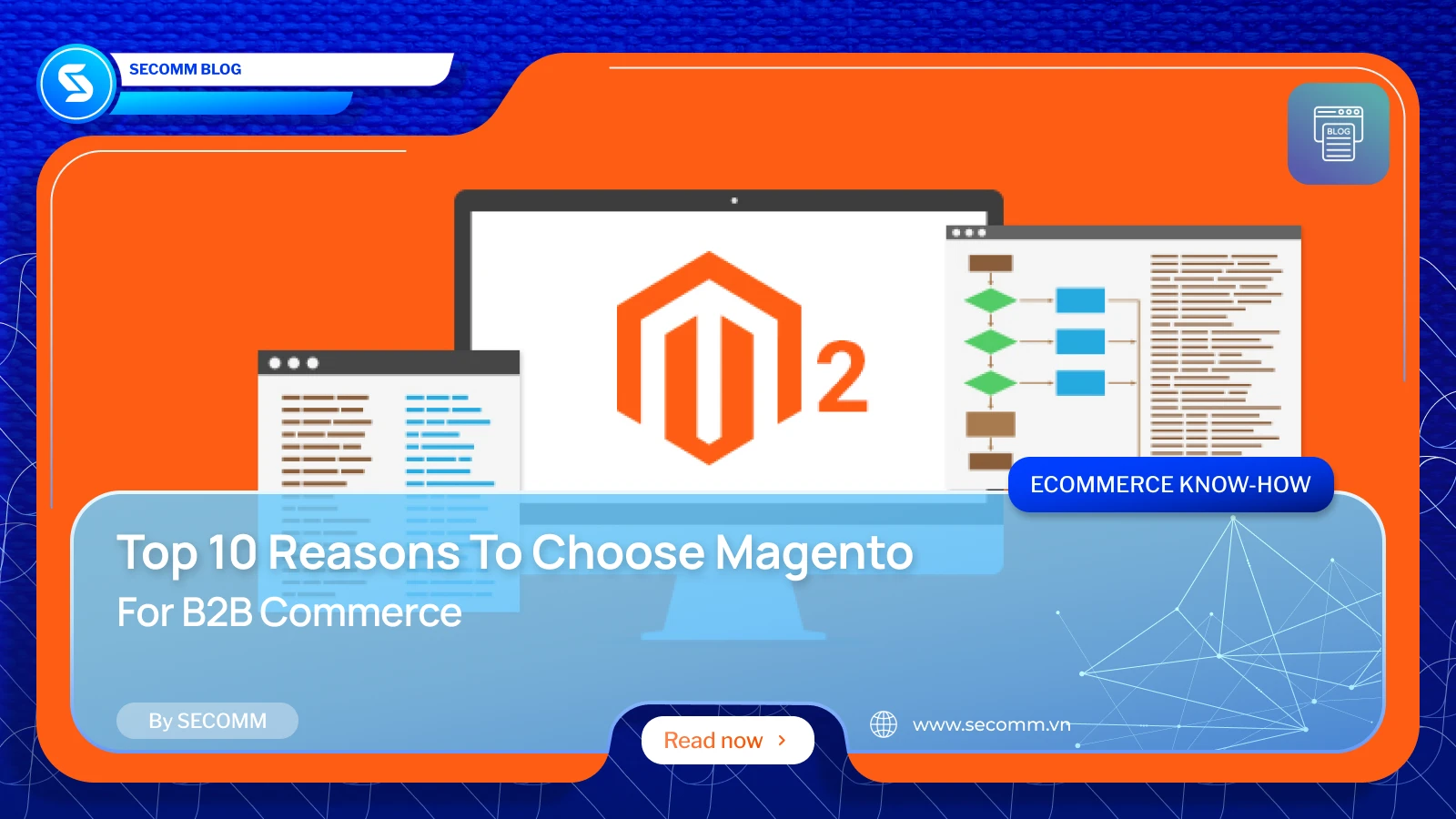
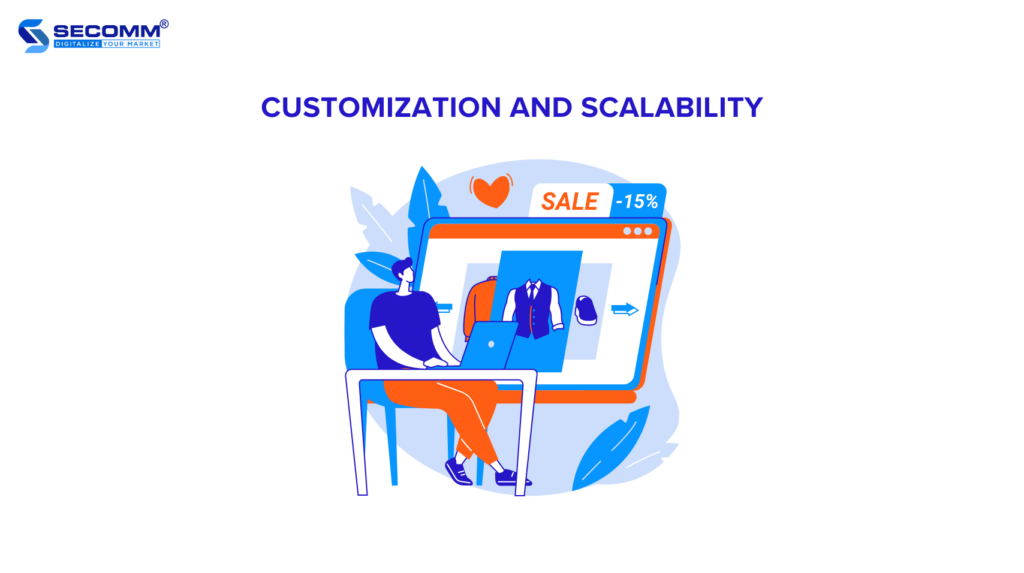
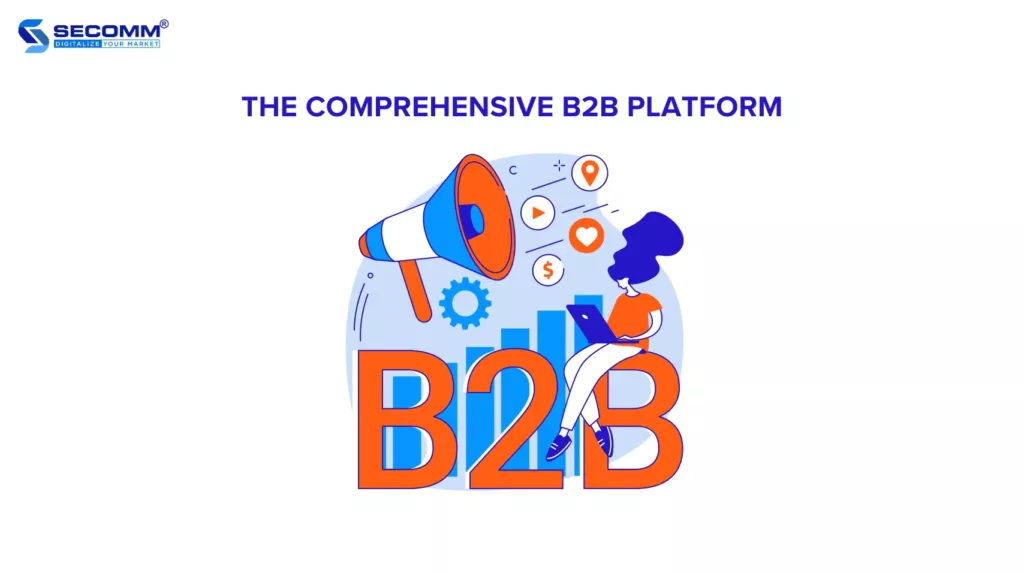
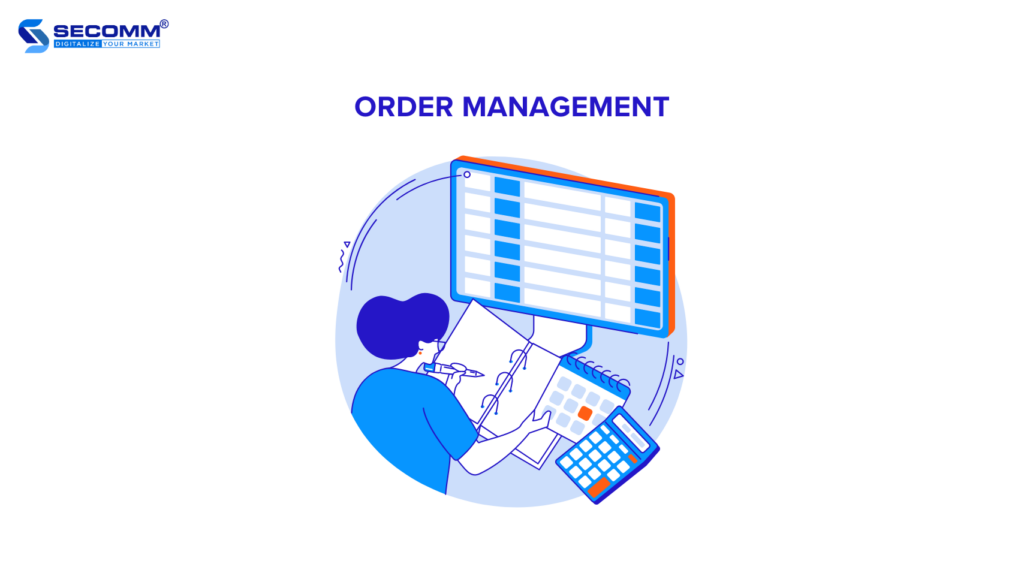
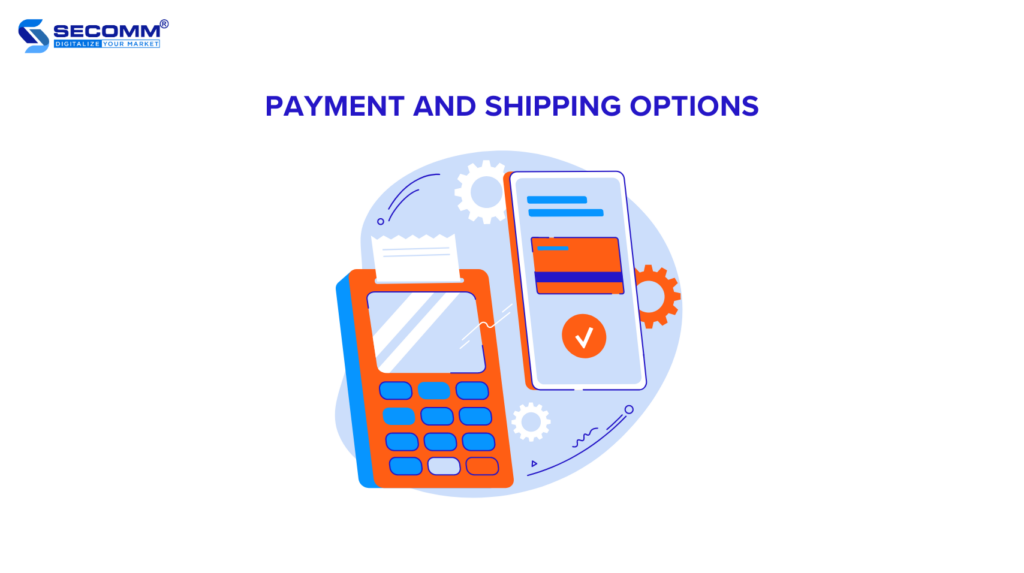
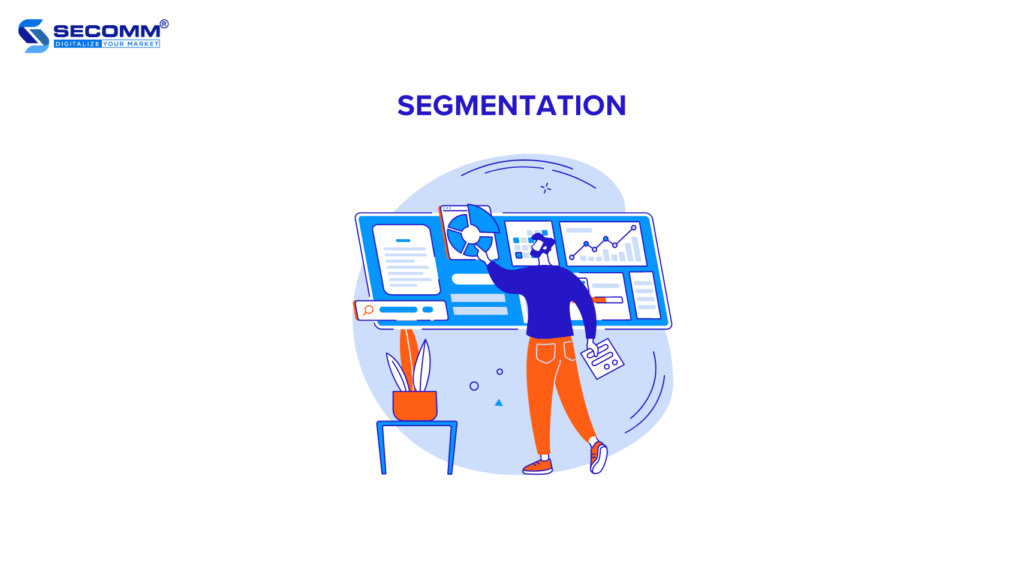
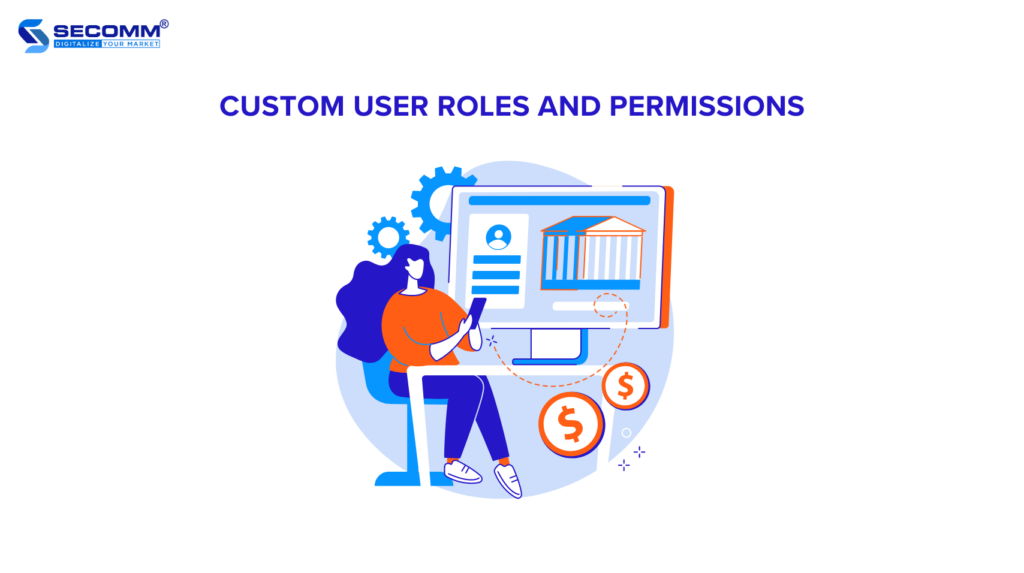
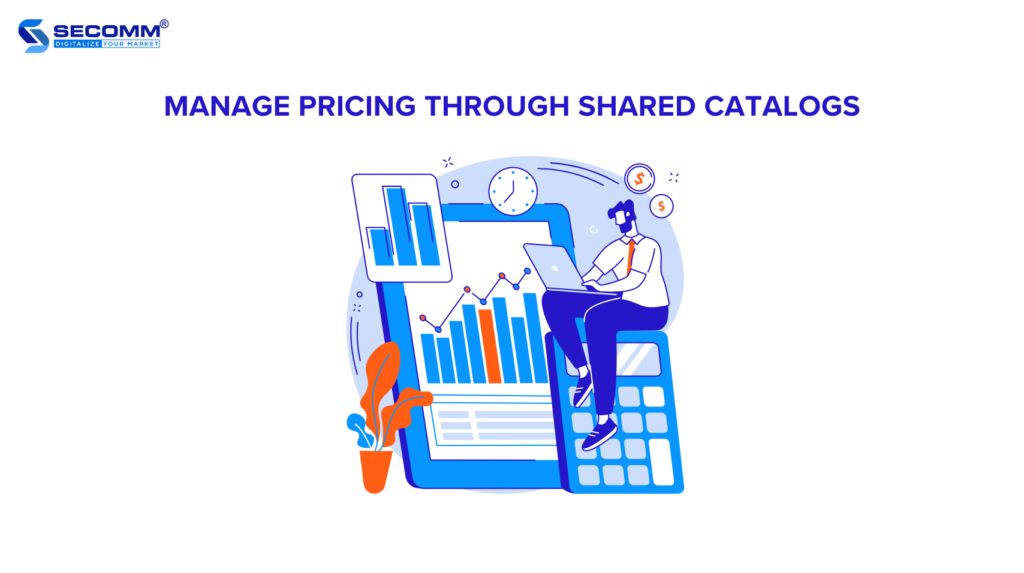
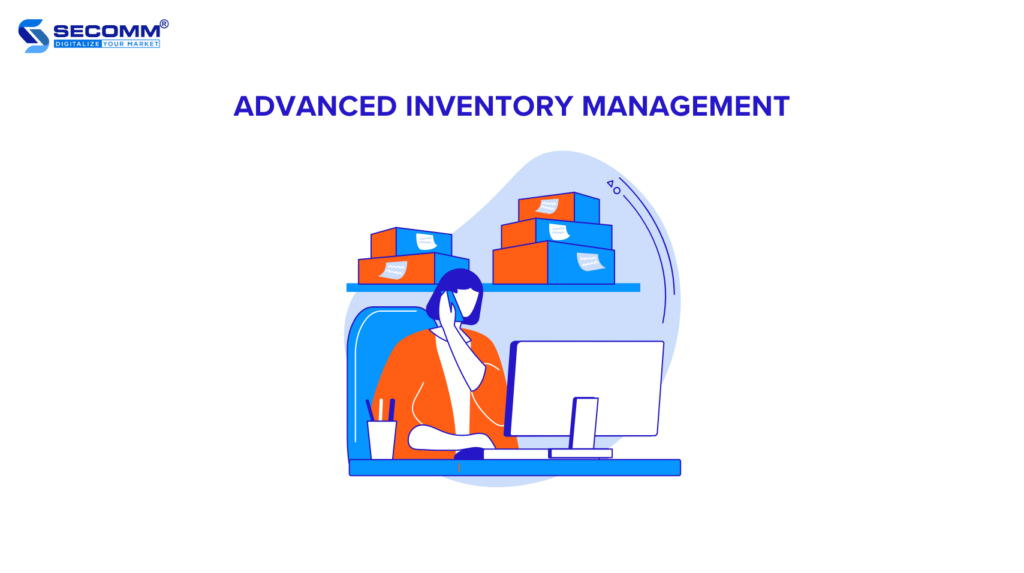
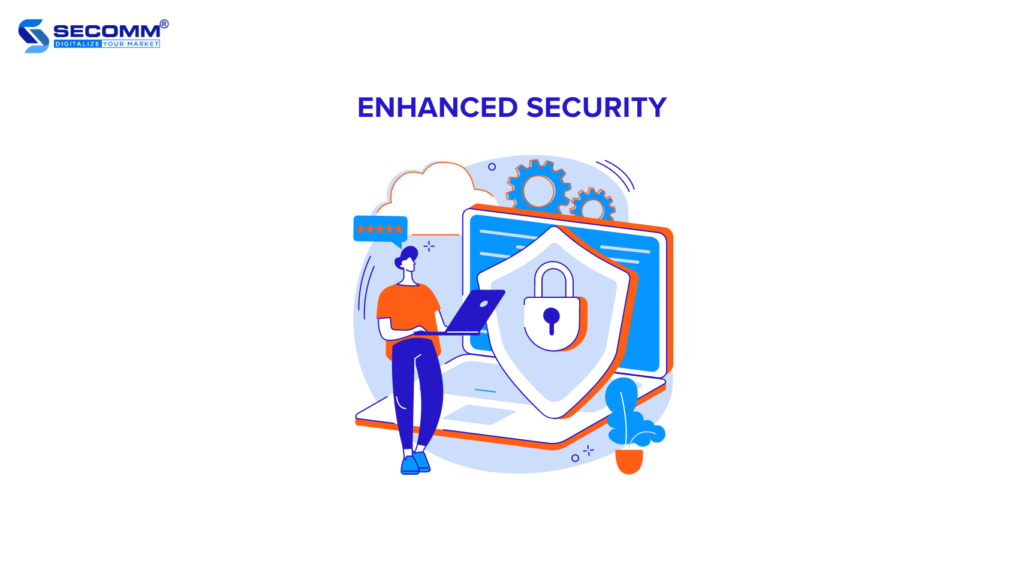
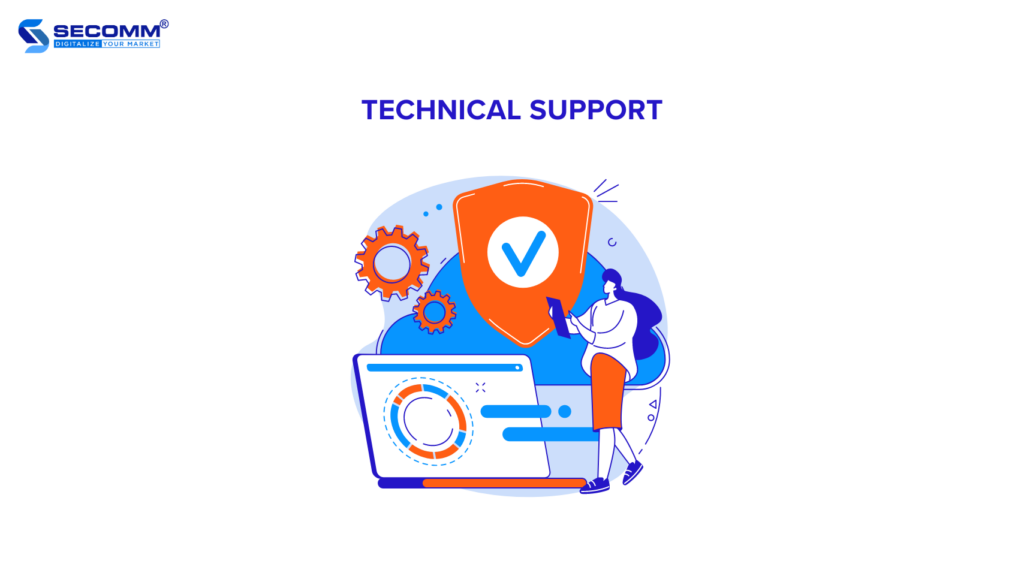
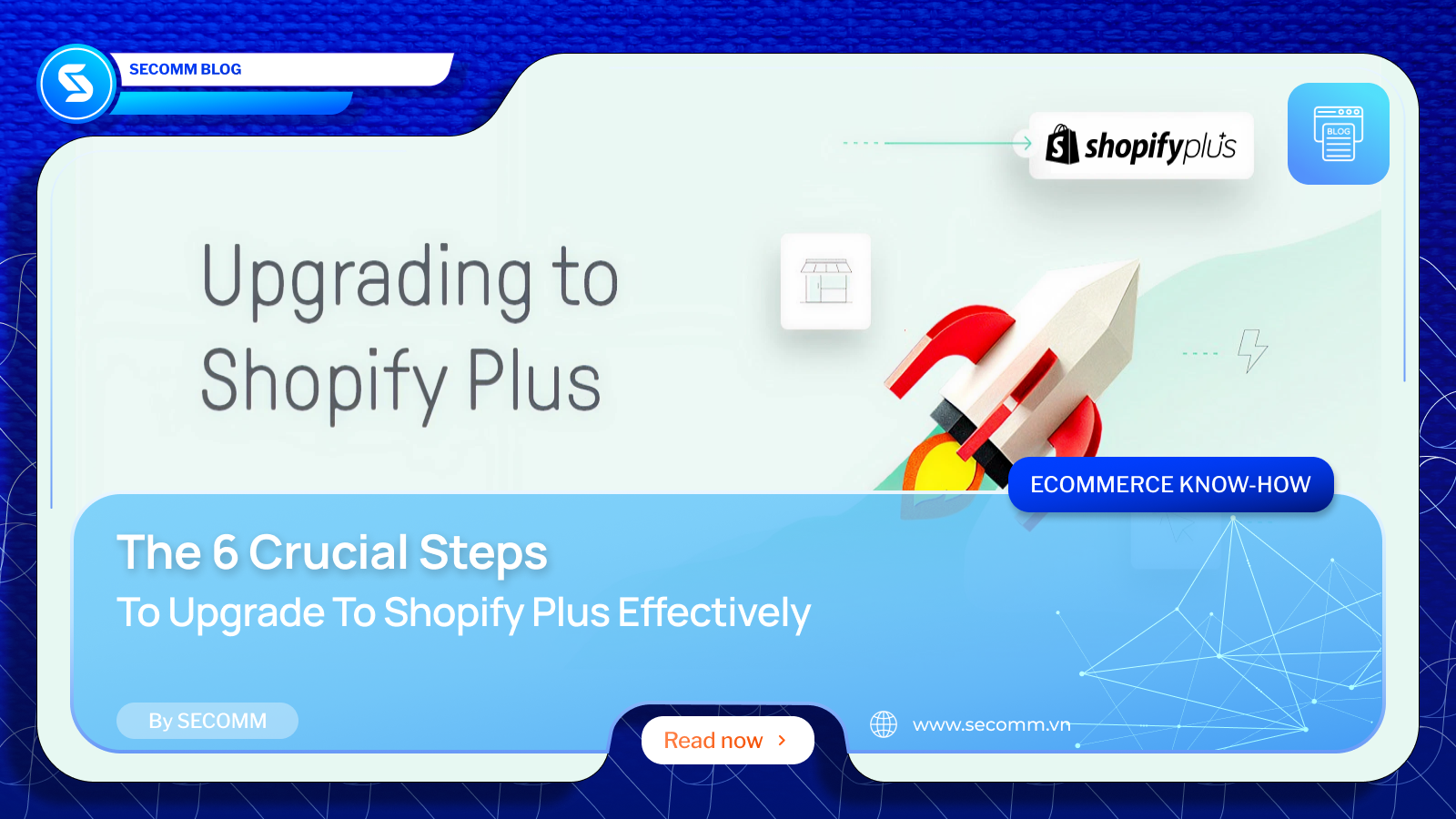

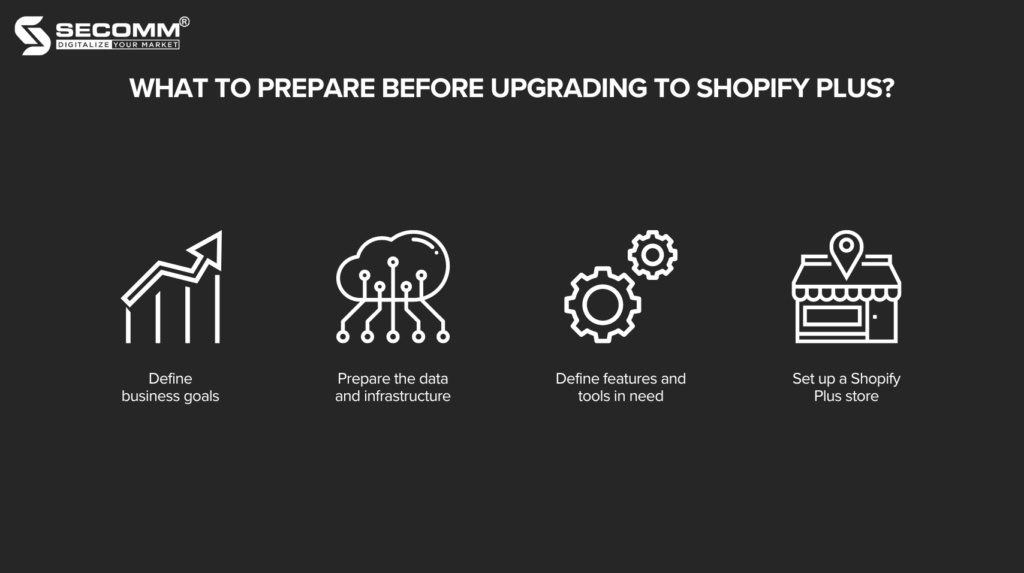
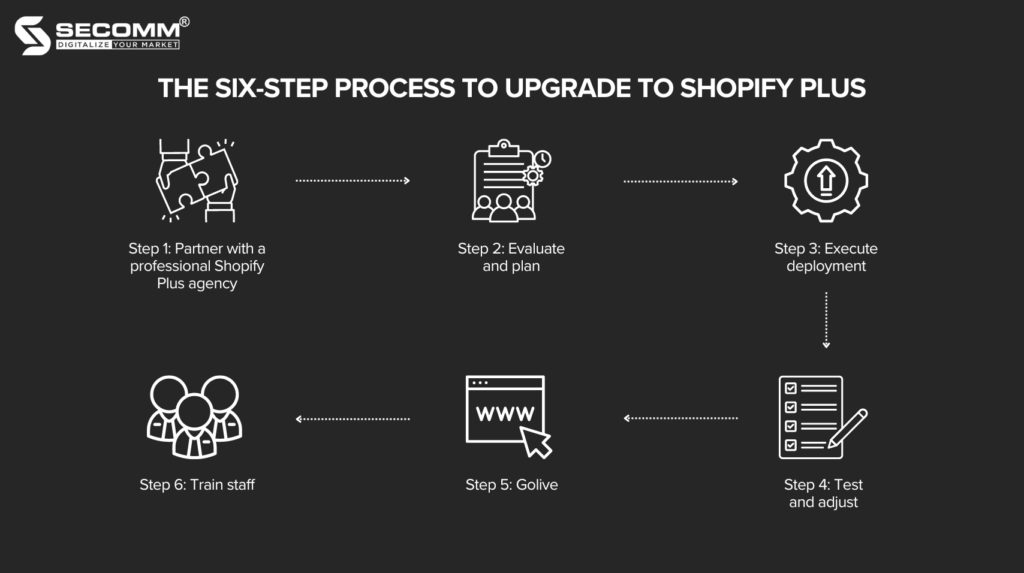
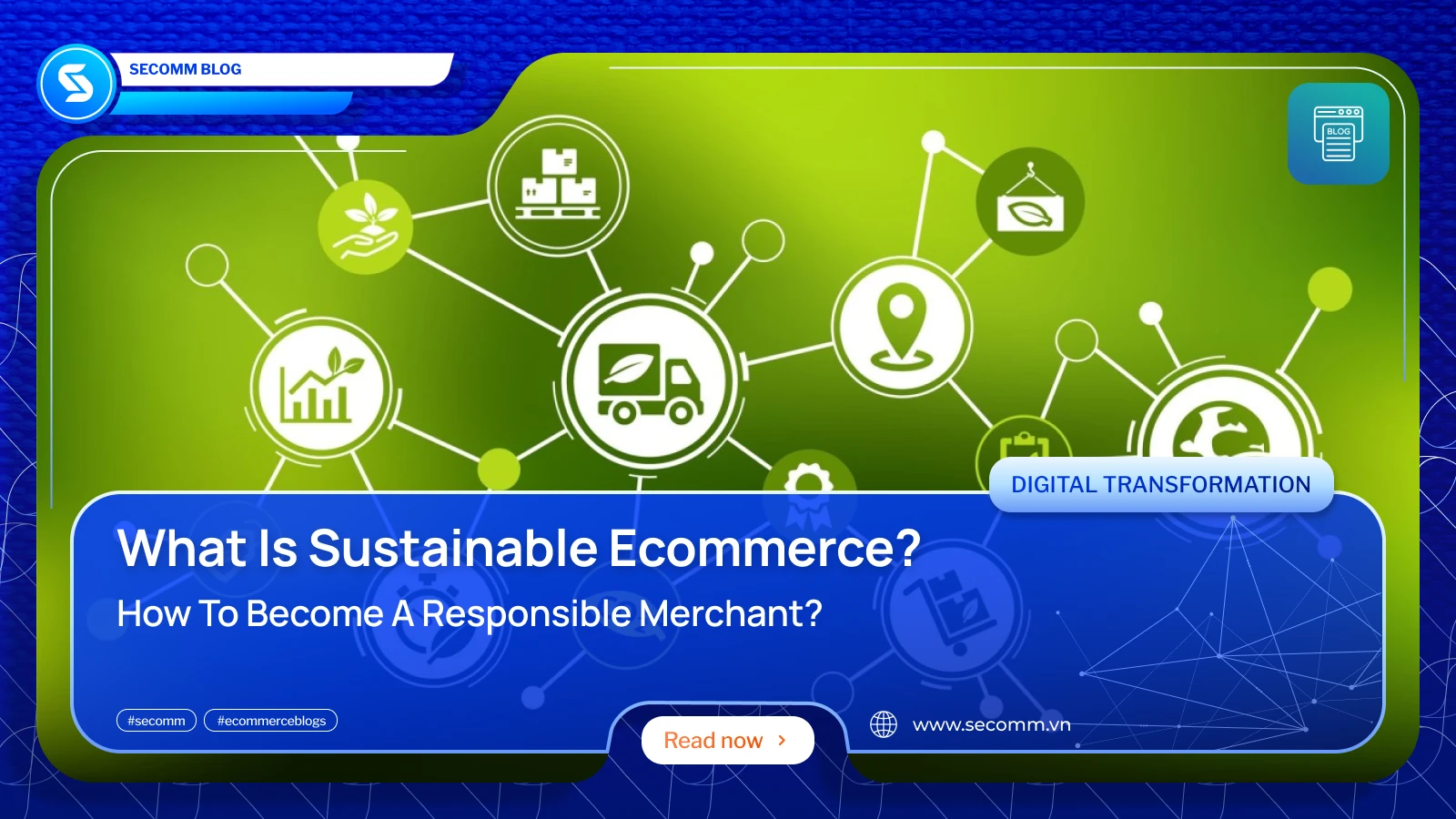

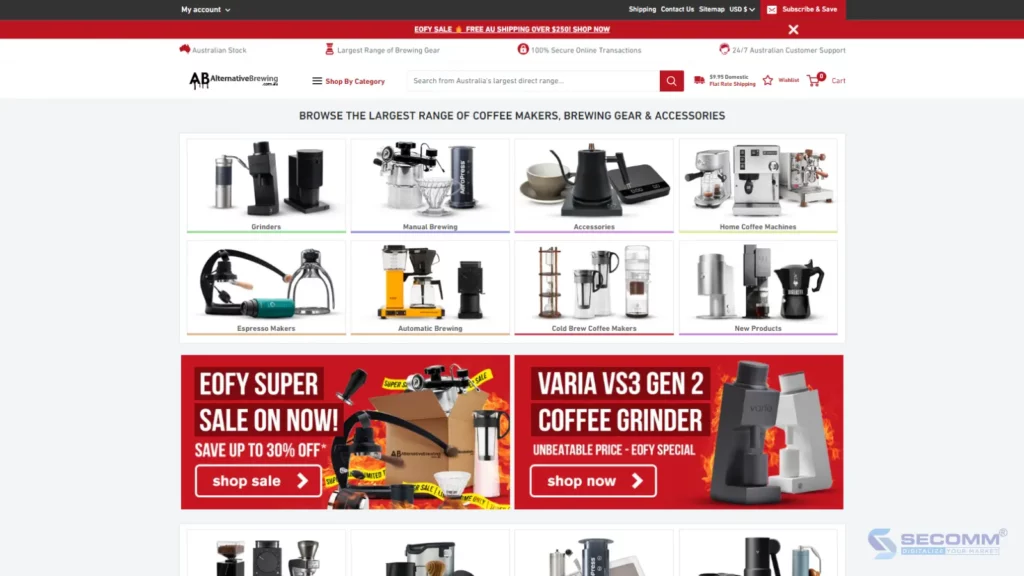



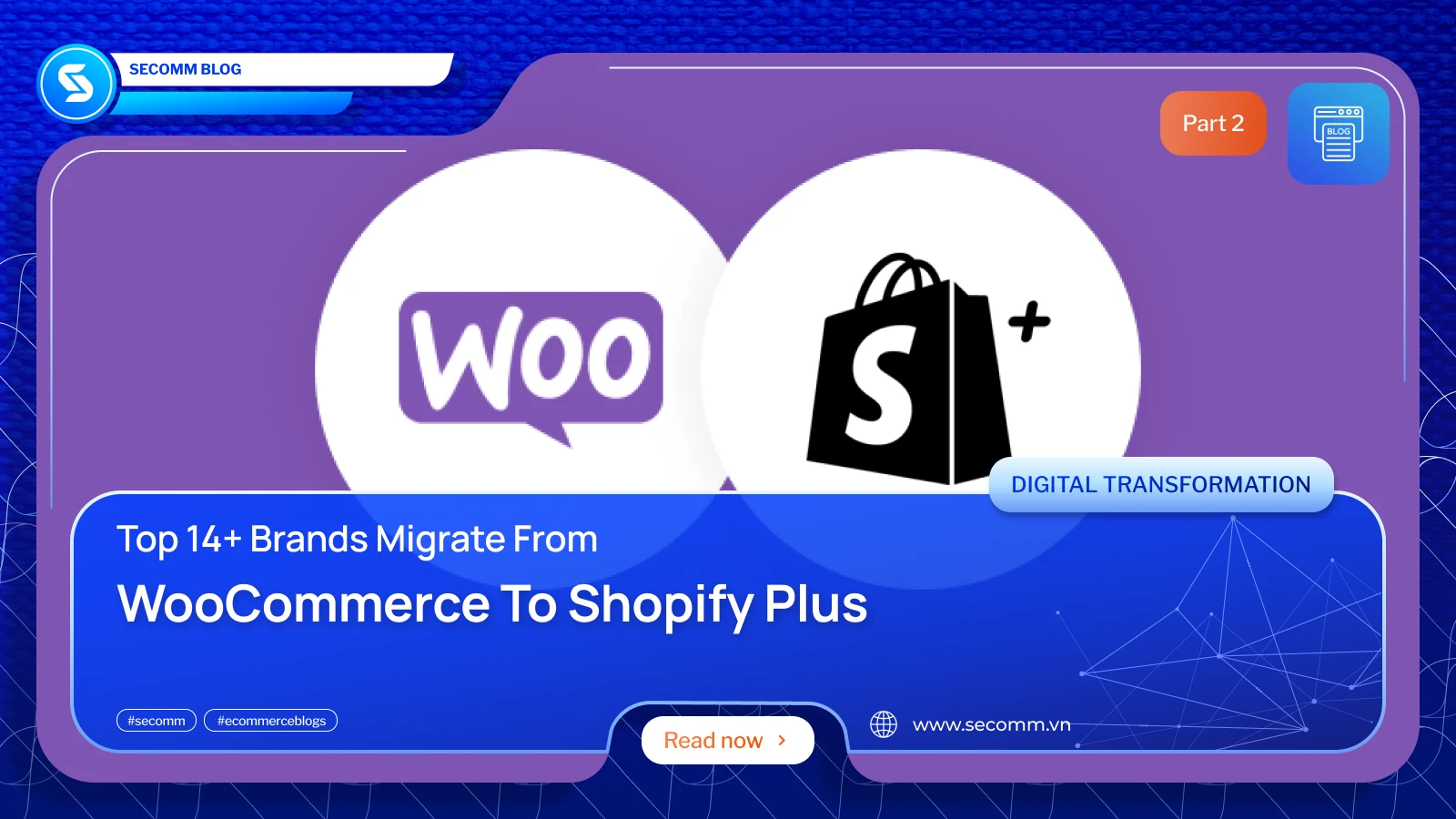
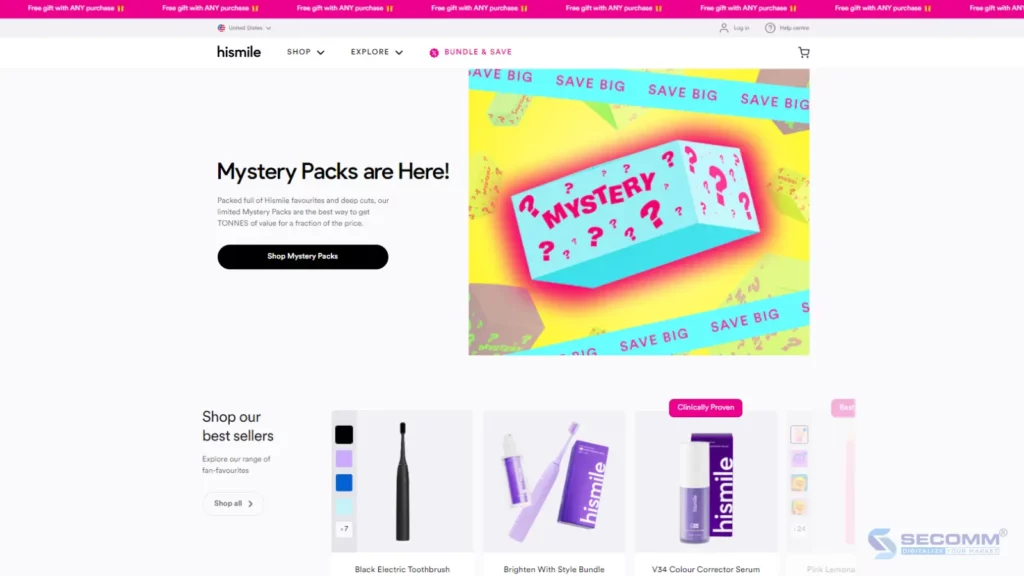
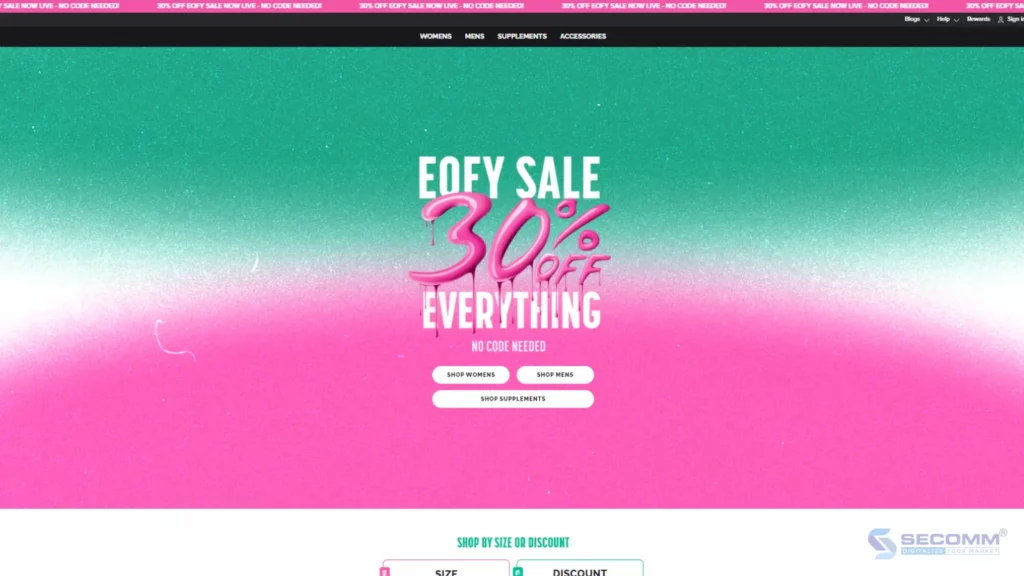



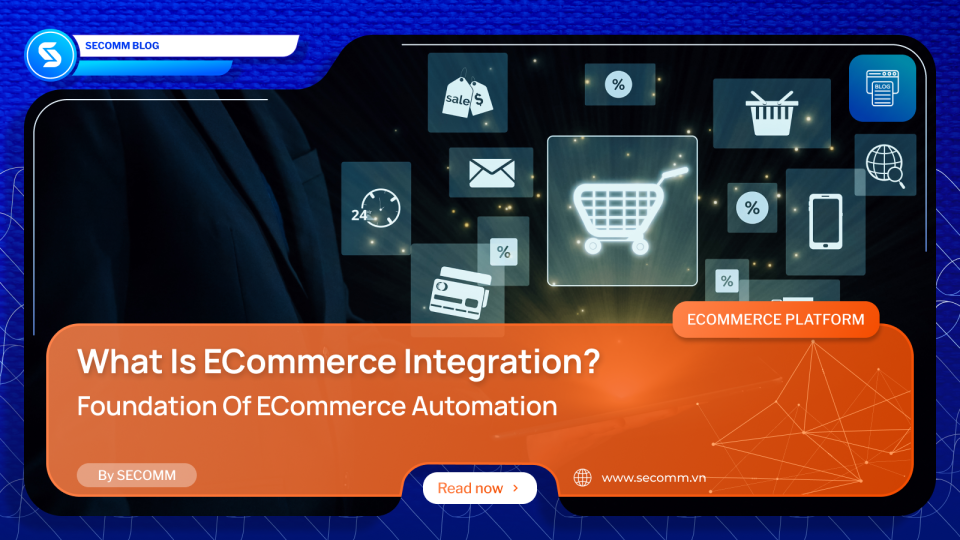
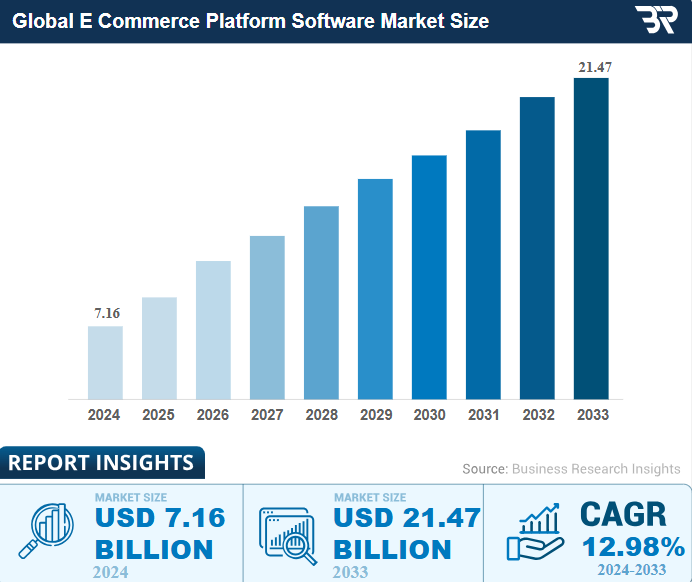

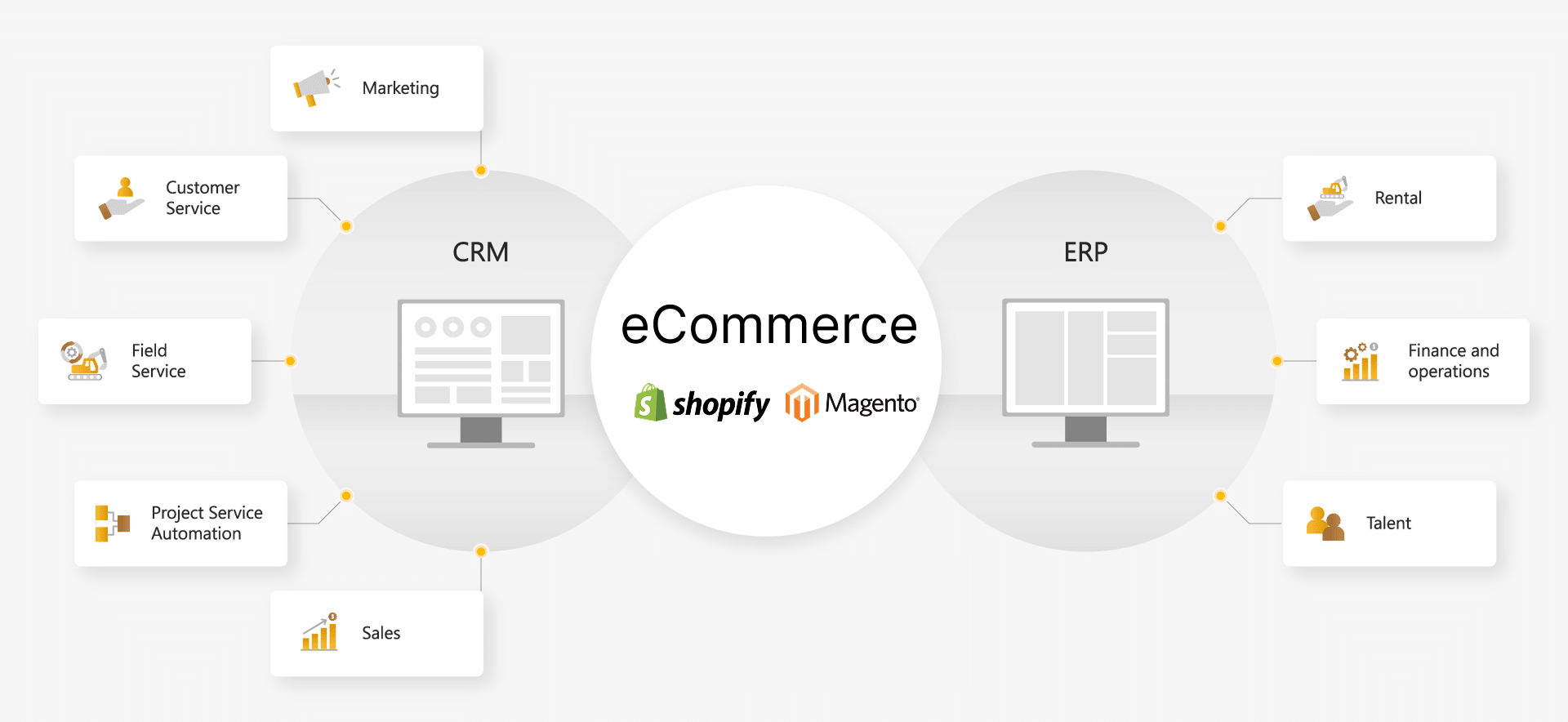
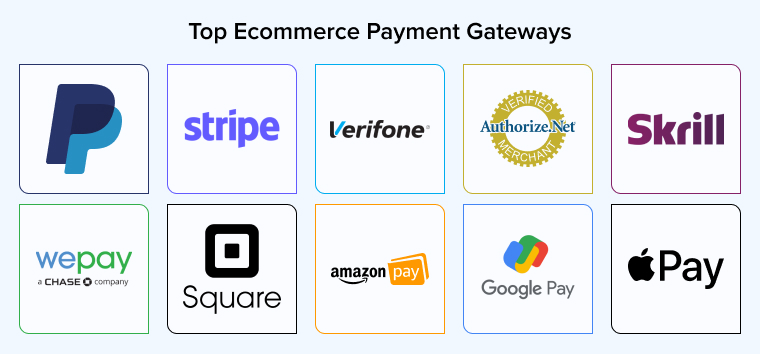







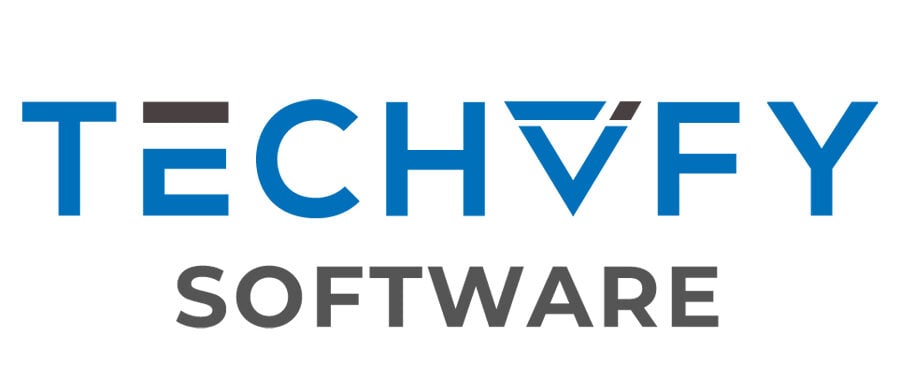





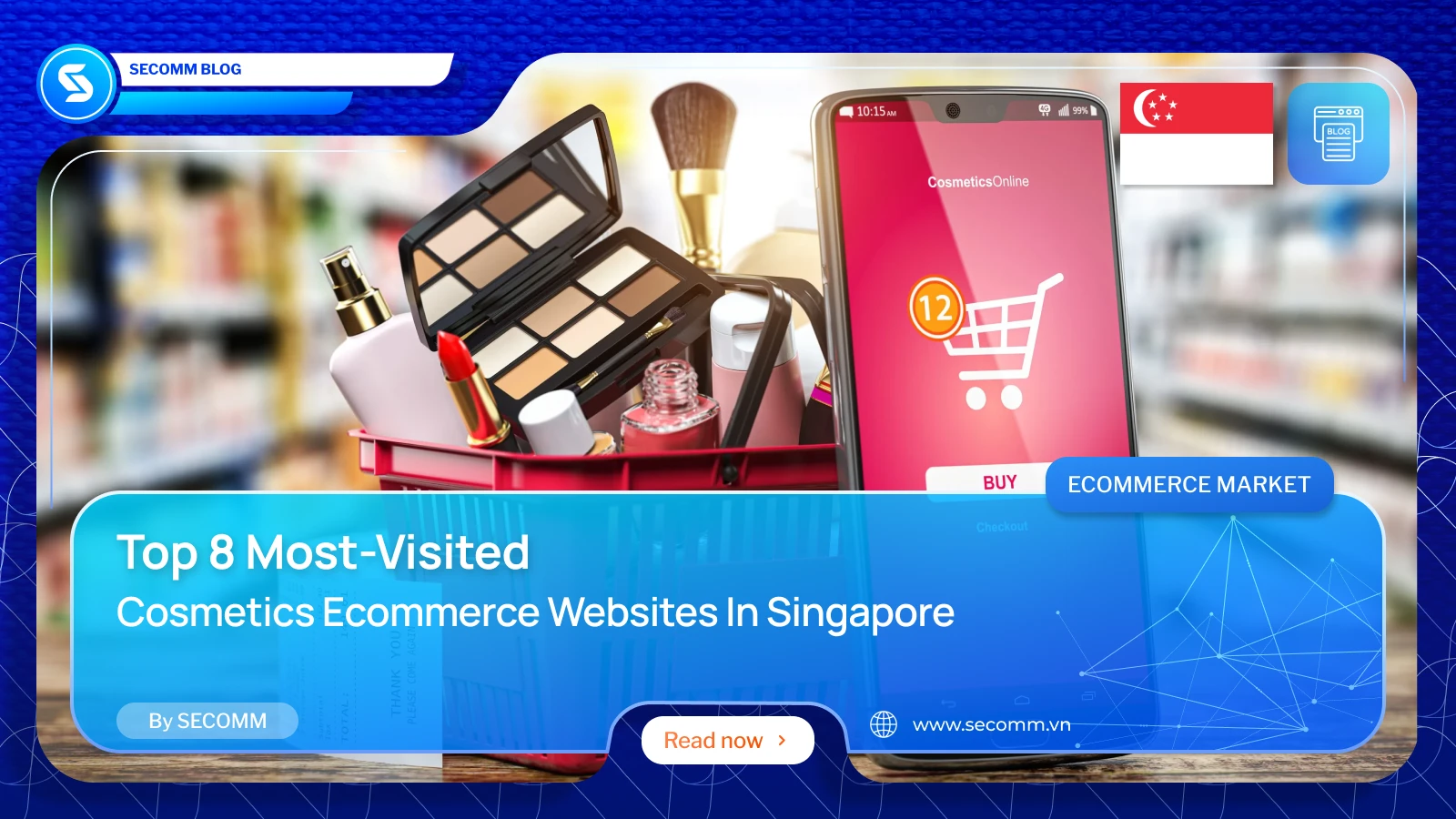



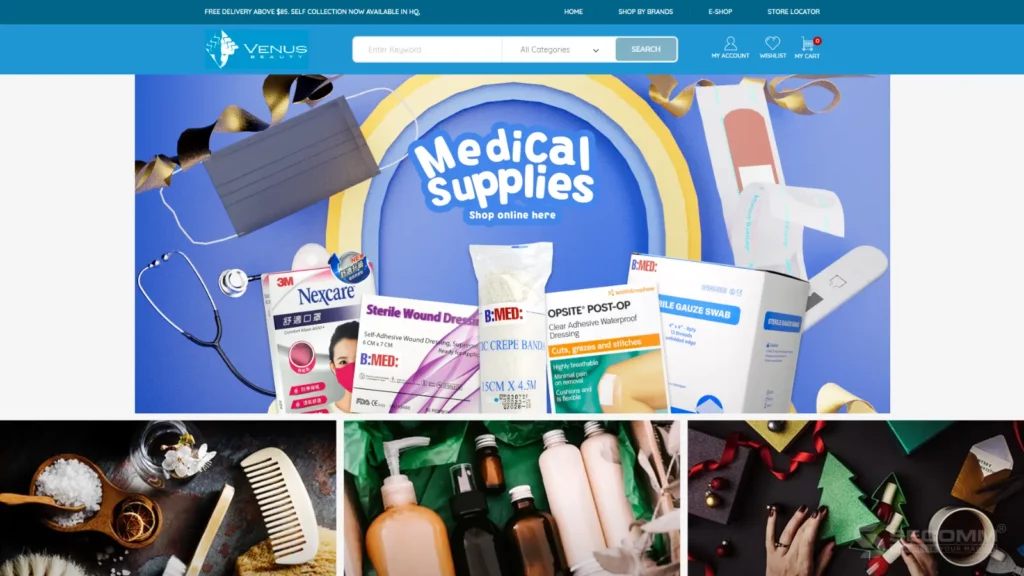



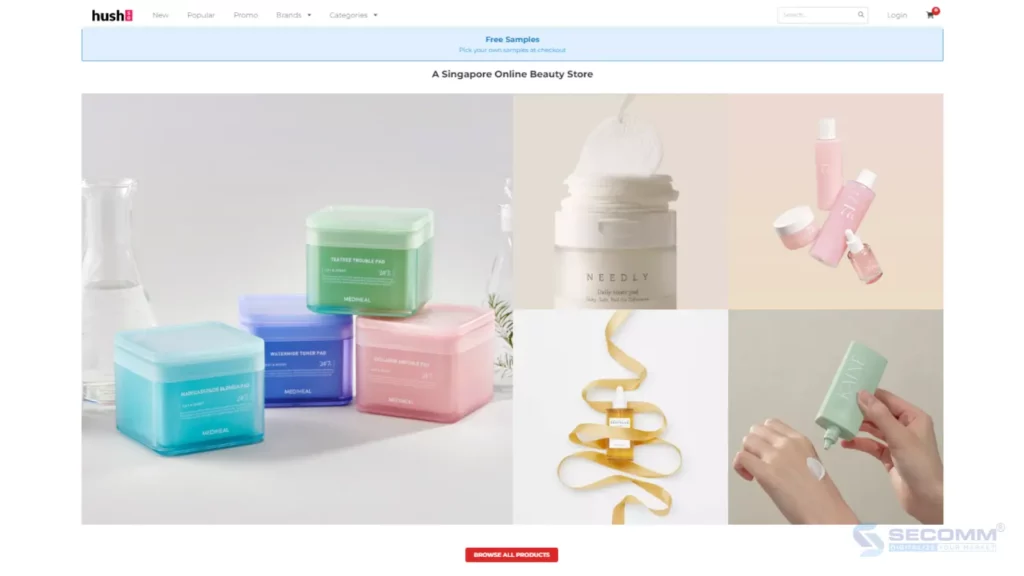

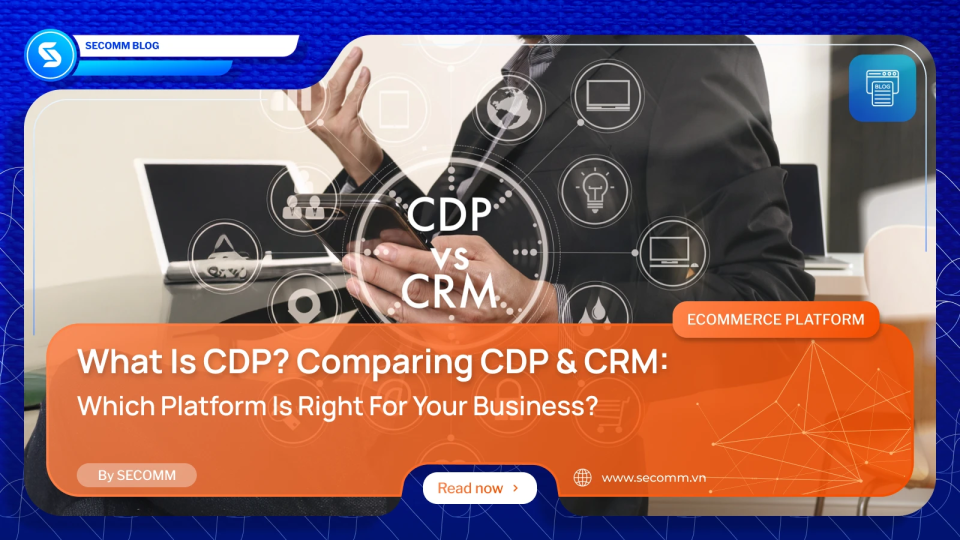
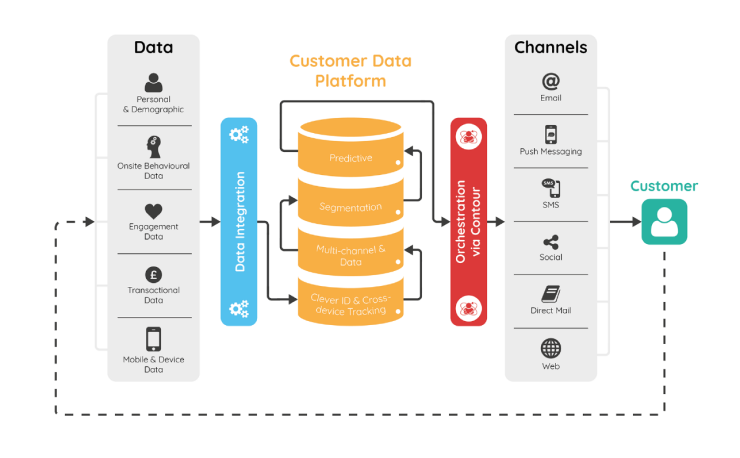
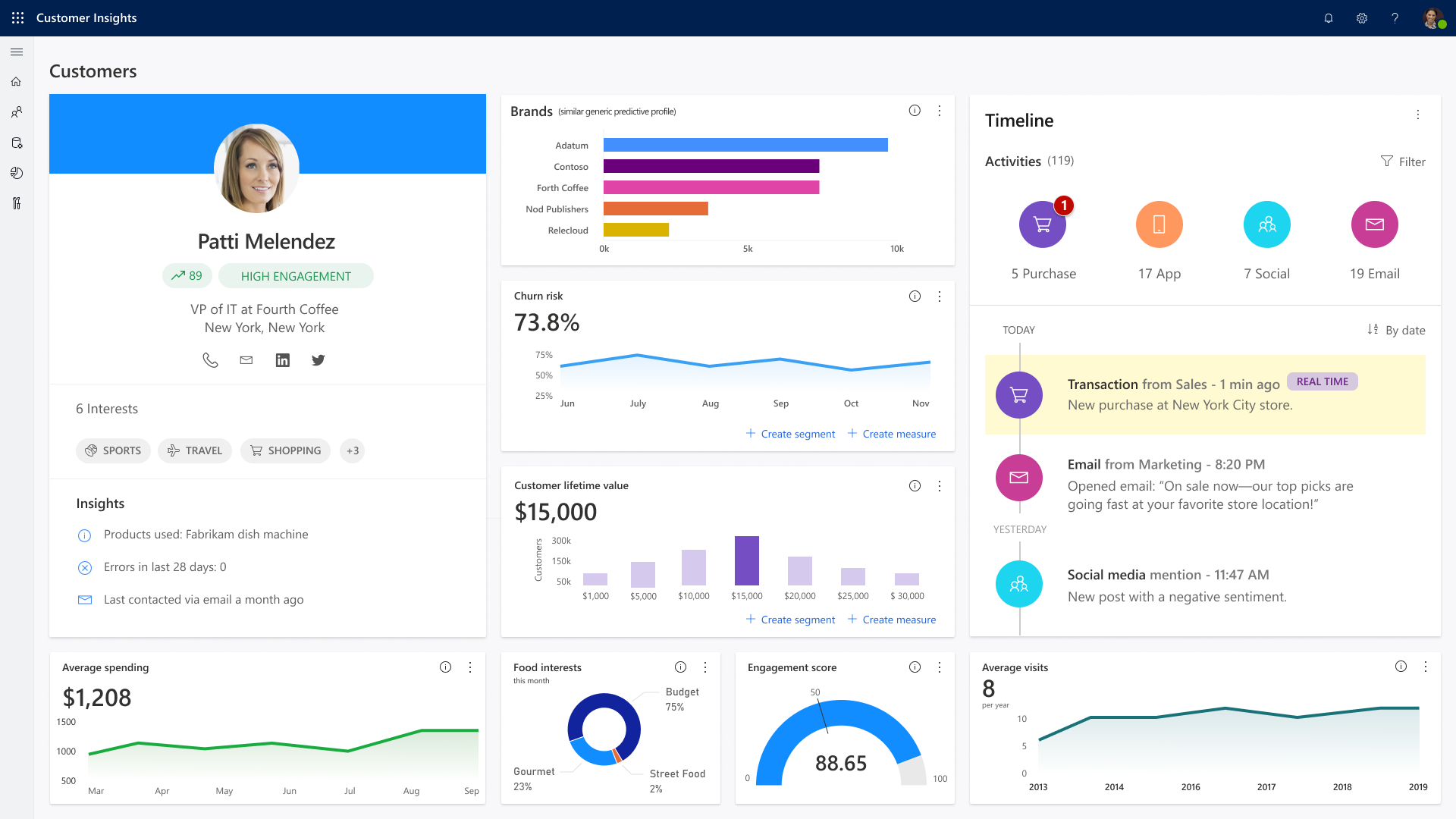
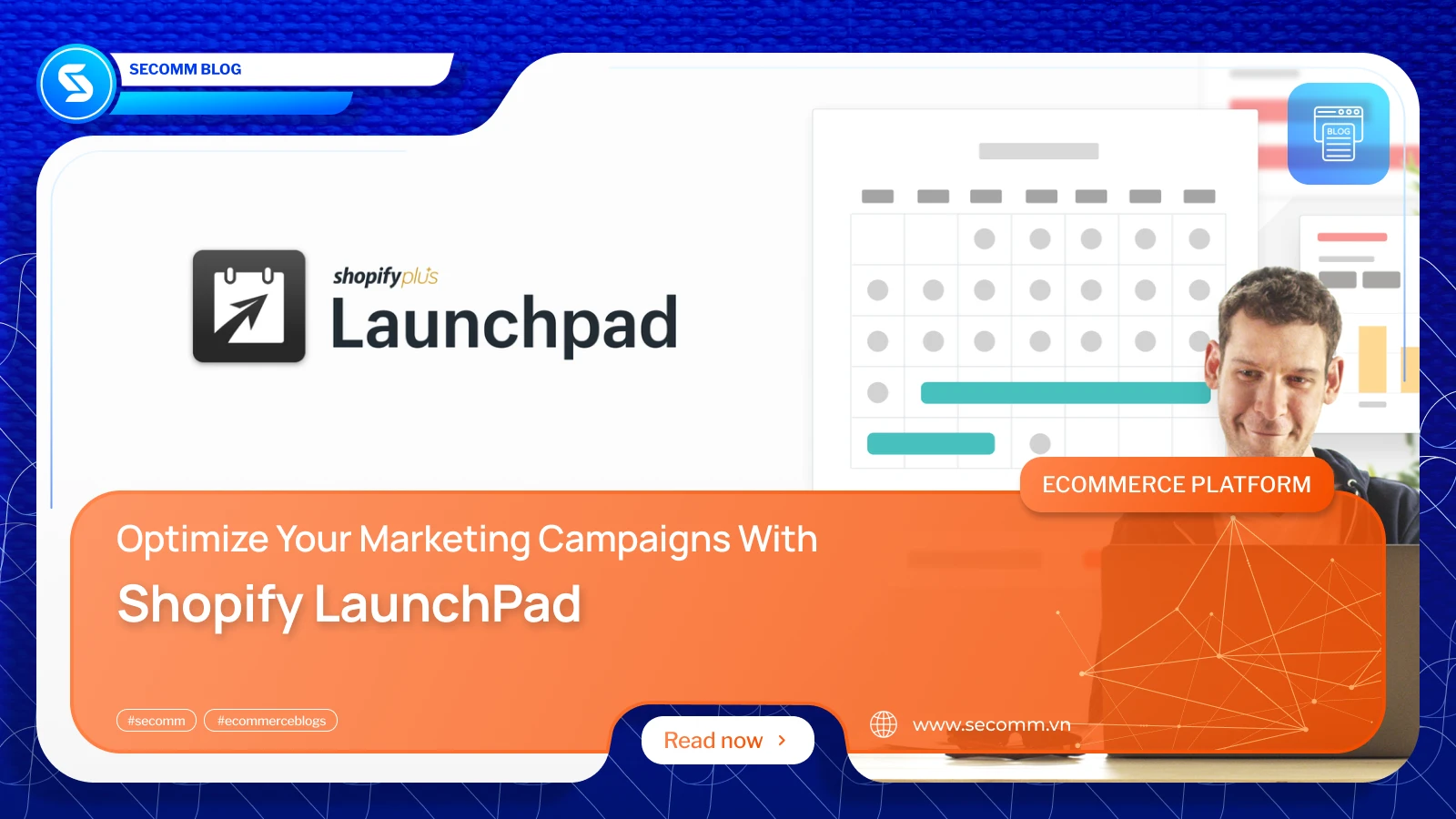

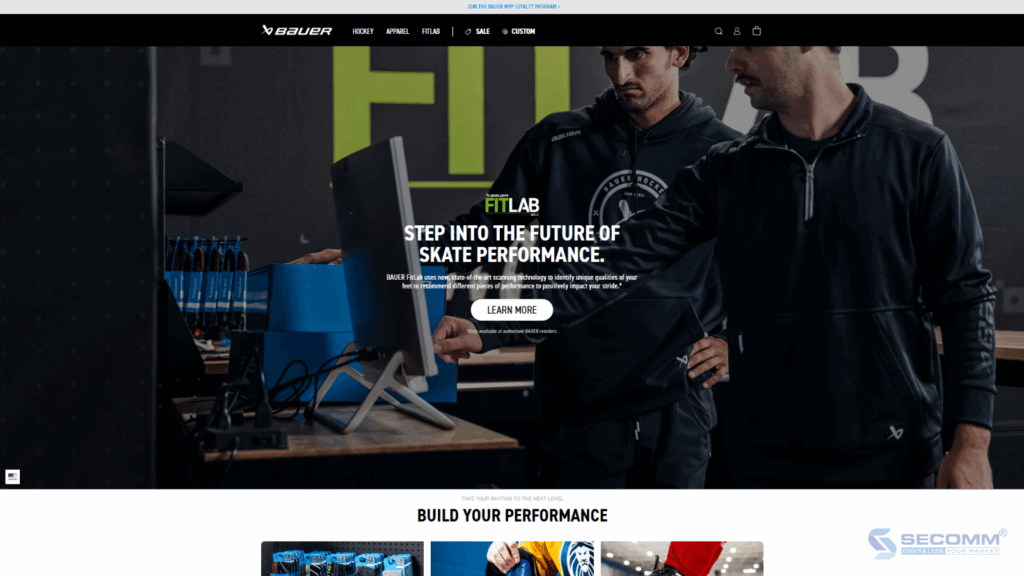

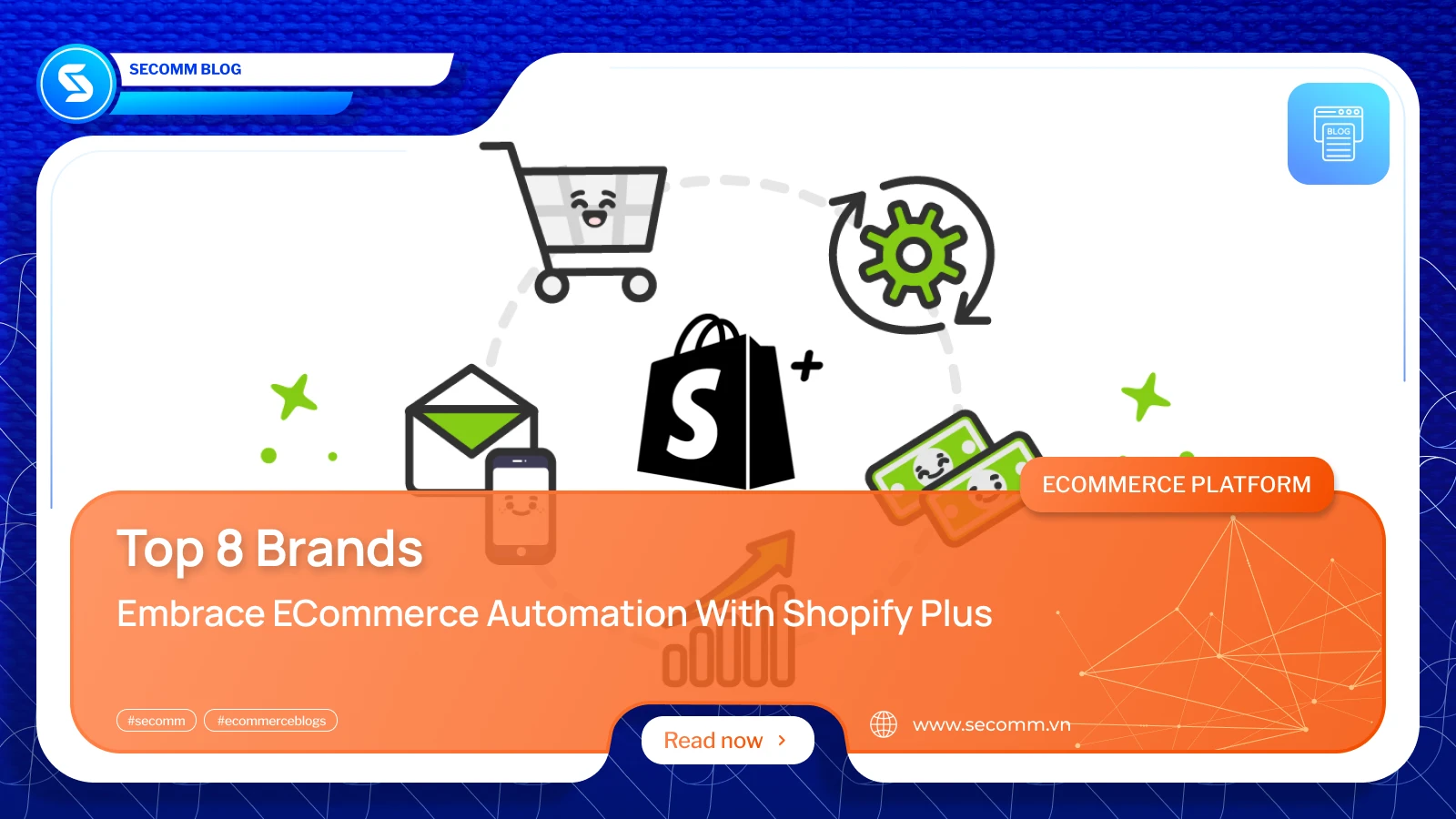




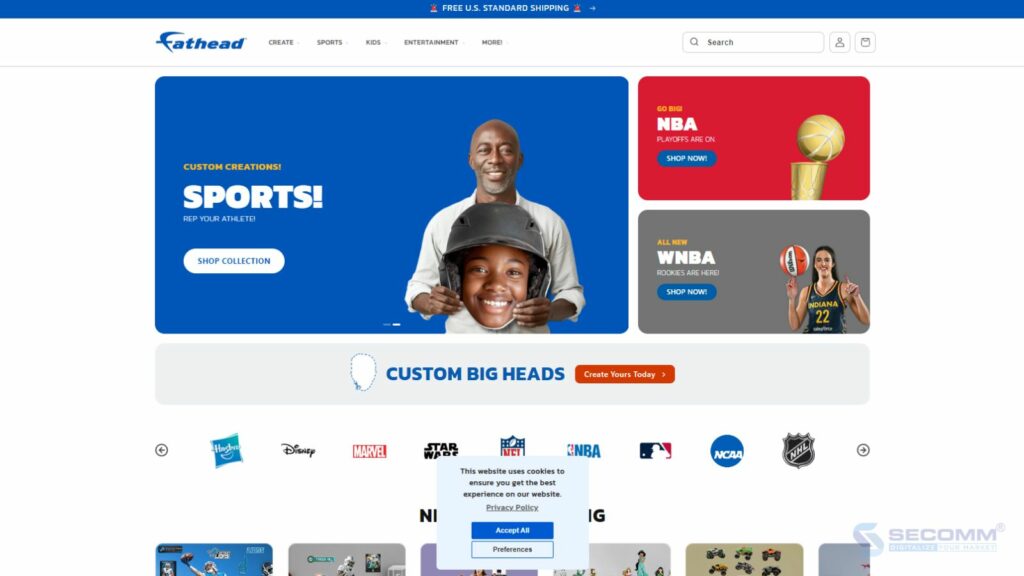
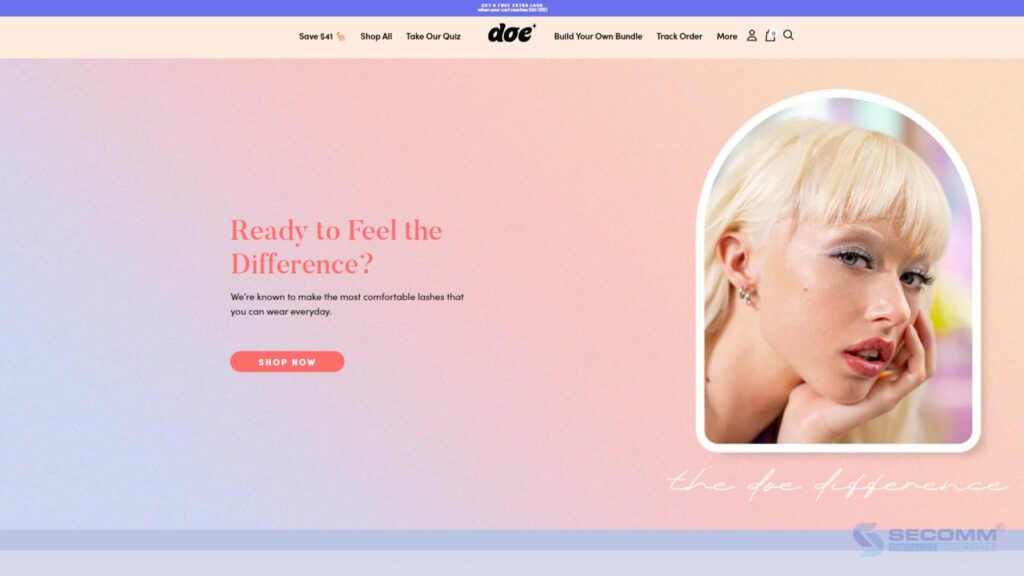




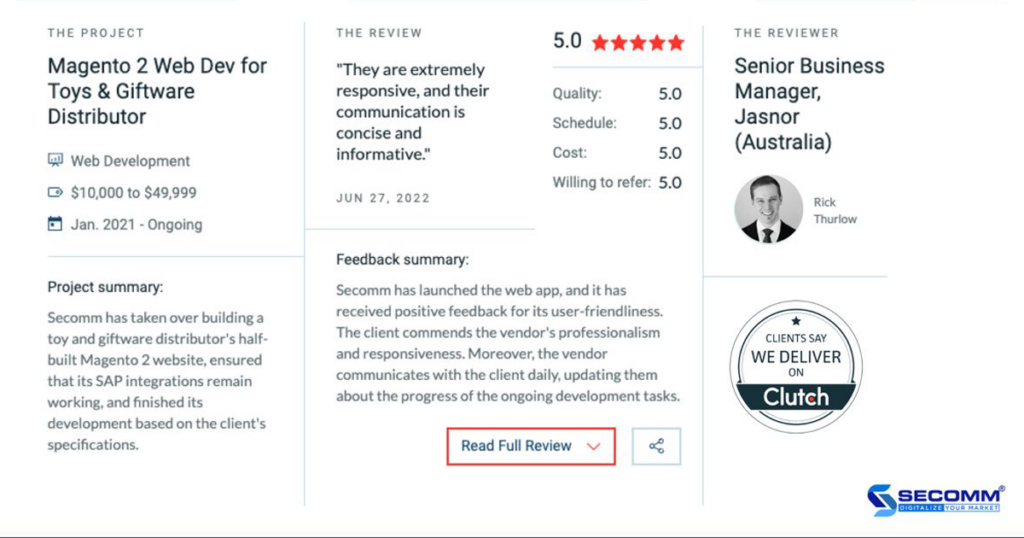
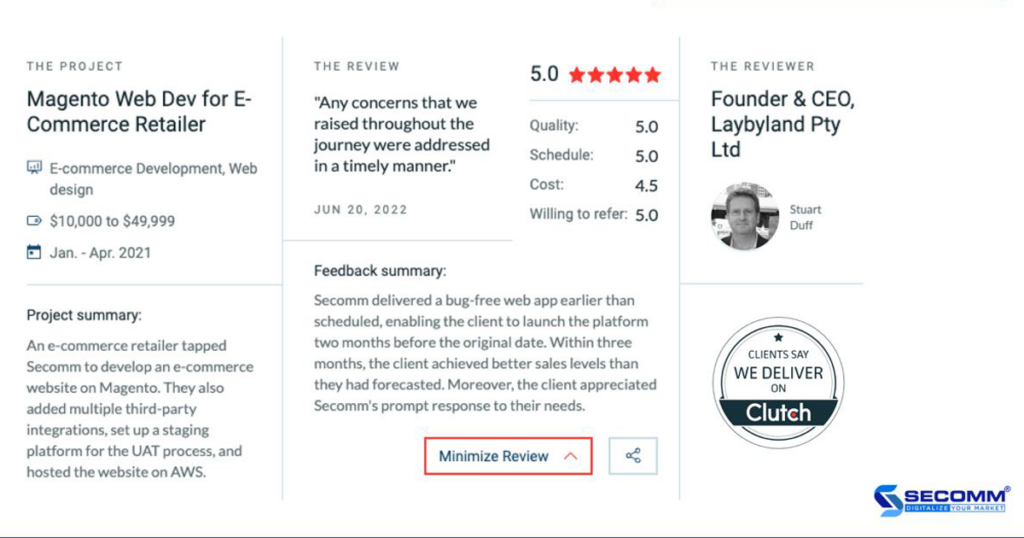

















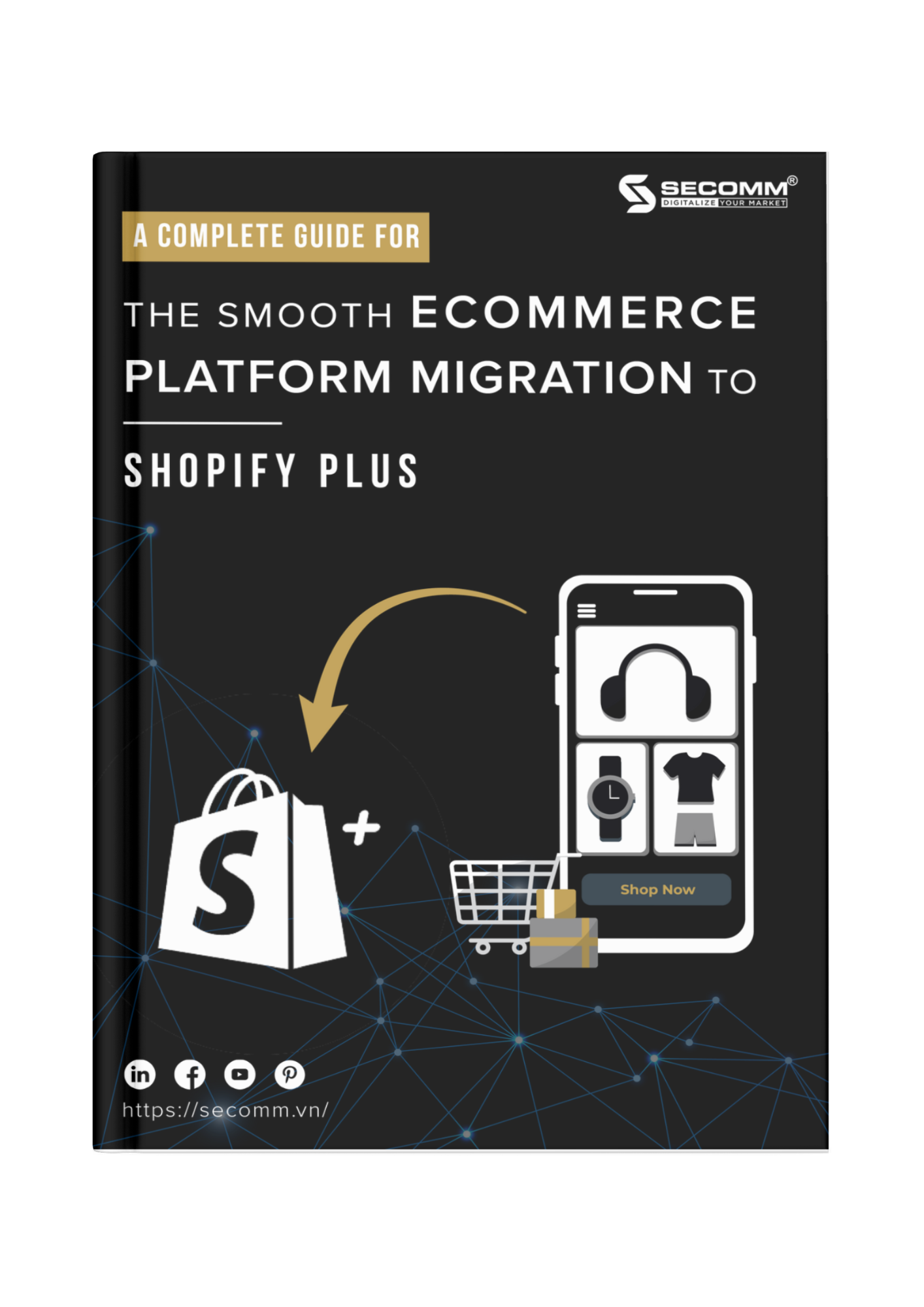



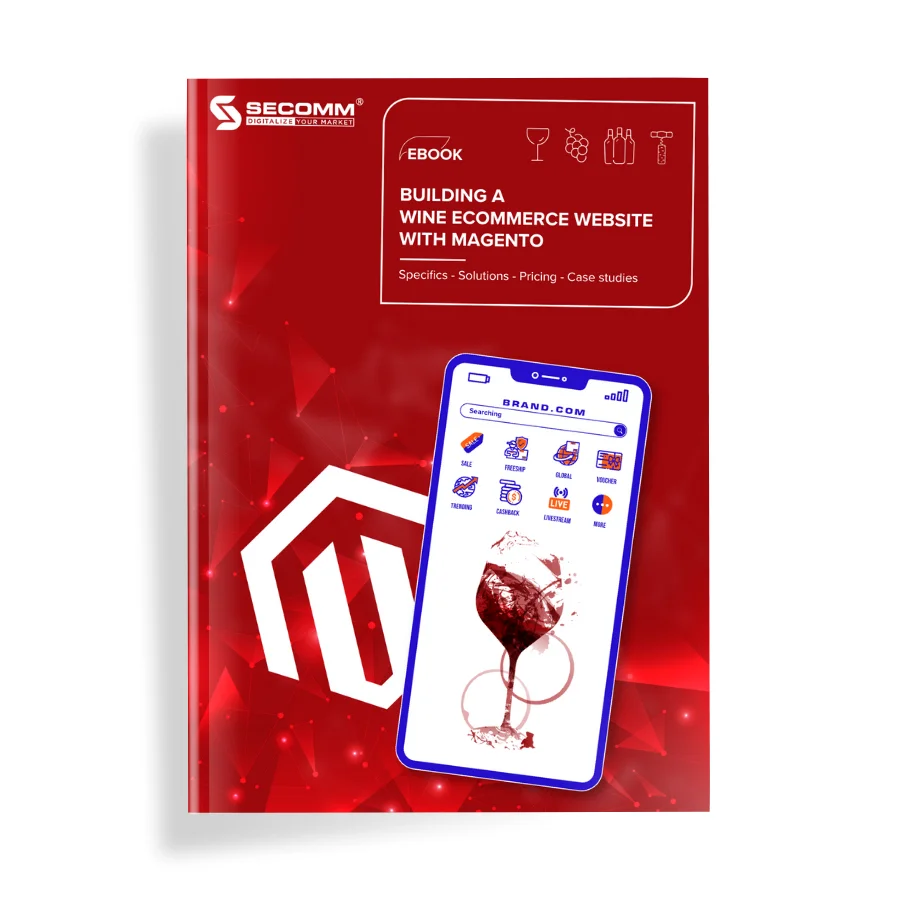
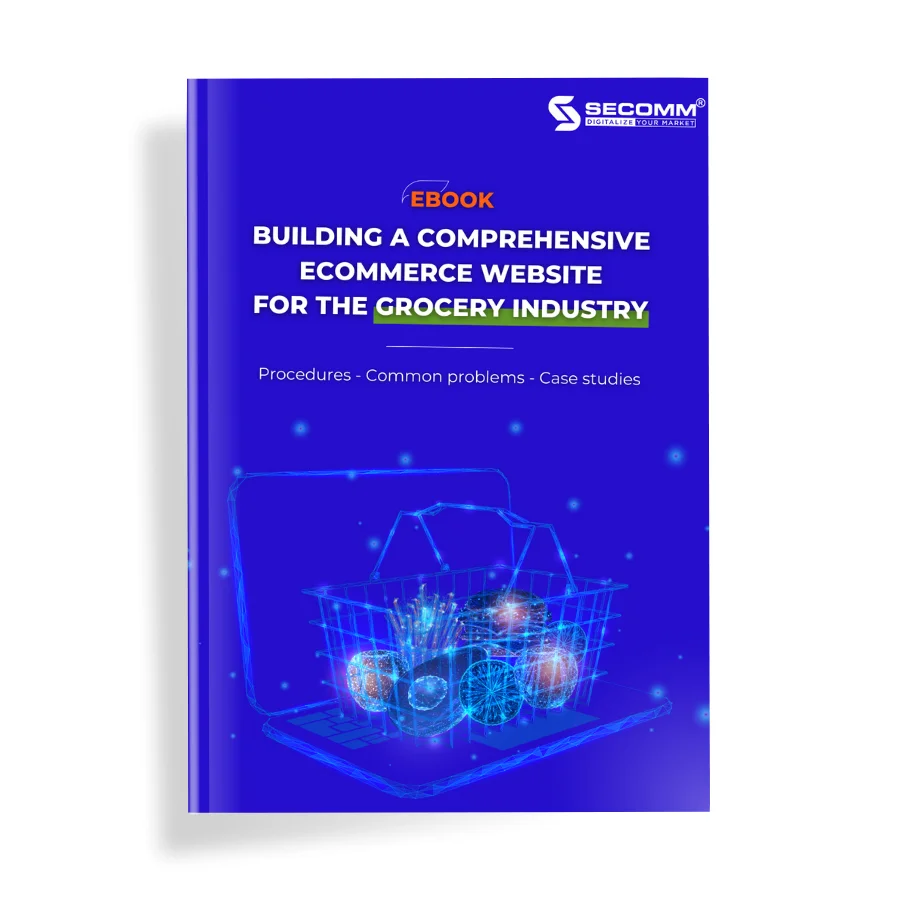
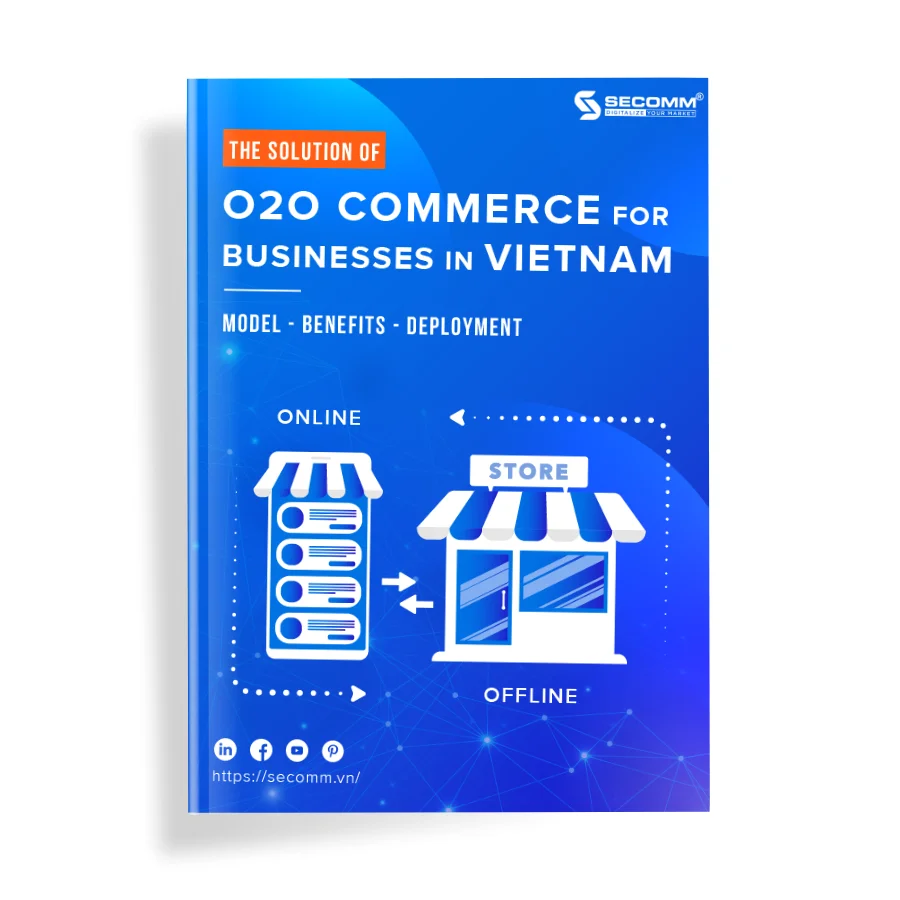
Comment (0)